Only Art Historians Can Ace This Art History Quiz
Achieving success as an artist is such a Herculean task that most of them will spend their whole lives trying to achieve it. This not only means that their passion for creating has to see them through so many disappointments, but this also explains why so many of them aren’t recognized for their greatness until they’ve already passed on.
The world of art history ensures that their achievements are remembered both for how they influenced other artists and how they impacted the culture around them. But how well do you remember these people?
Where did Van Gogh paint his famous Starry Night?
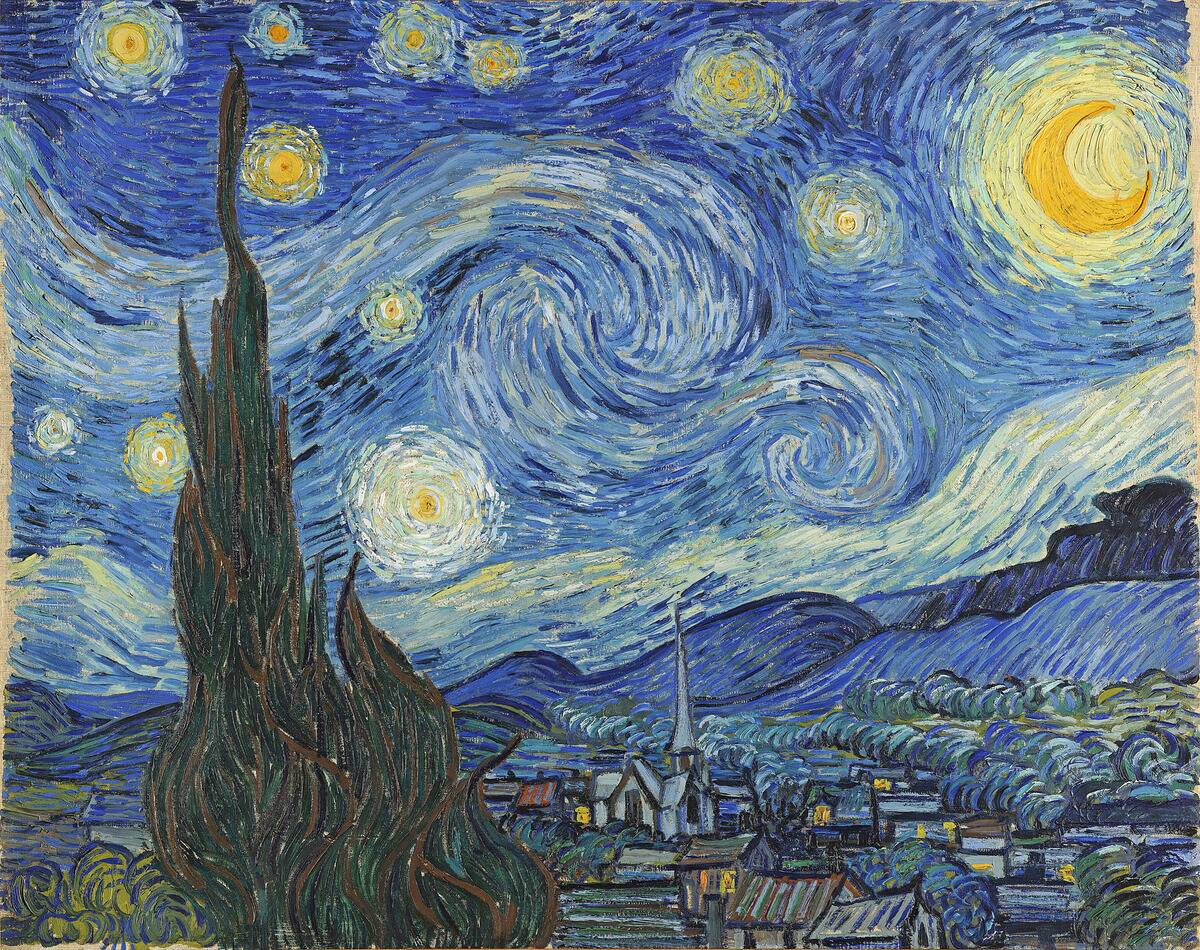
A. His home town of Zundert, The Netherlands
B. Saint-Paul-de-Mausole asylum in Saint-Rémy, France
C. Arles, France while rooming with Paul Gaugin
D. Auvers-sur-Oise, France shortly before his death
Answer: Saint-Paul-de-Mausole asylum in Saint-Rémy, France

According to New York City’s Museum of Modern Art, Vincent Van Gogh painted his celebrated piece Starry Night while seeking help with his mental illness at Saint-Paul-de-Mausole asylum in Saint-Rémy, France. He would spend a year at the asylum between 1889 and 1890.
Who painted the famously surreal The Persistence Of Memory?
![FRANCE-ART-EXHIBITION-[redacted]-BEAUBOURG](https://media.tellmebest.com/wp-content/uploads/2023/09/FRANCE-ART-EXHIBITION-redacted-BEAUBOURG-37329.jpeg)
A. Frida Kahlo
B. Diego Rivera
C. Salvador Dali
D. Pablo Picasso
Answer: Salvador Dali

According to the Museum Of Modern Art, Salvador Dali described his completion of The Persistence Of Memory as applying “The most imperialist fury of precision to systematize confusion and thus to help discredit completely the world of
reality.”
What art movement was Edvard Munch’s The Scream part of?

A. Impressionism
B. Surrealism
C. Post-Impressionism
D. Expressionism
Answer: Expressionism
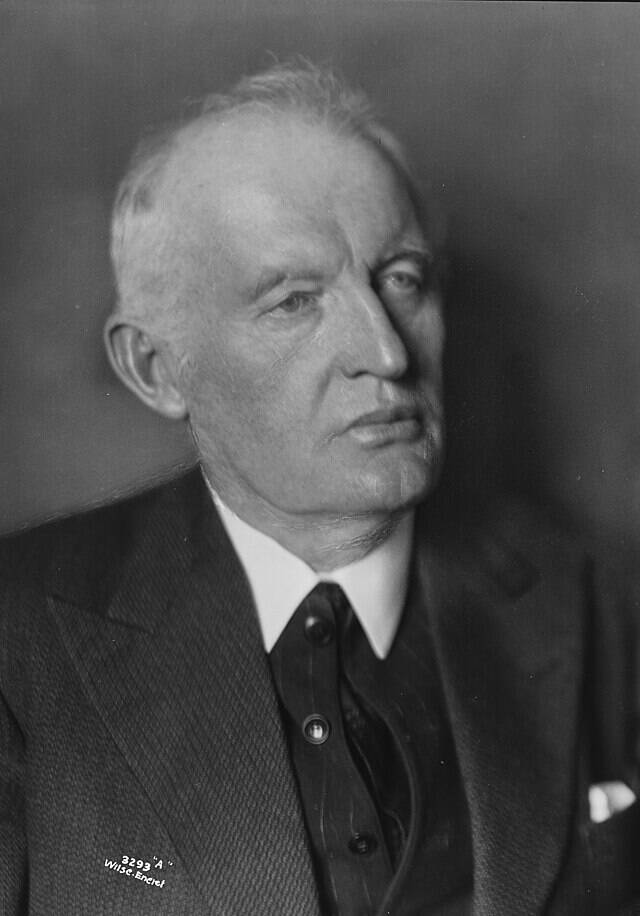
According to edvardmunch.org, Edvard Munch painted The Scream in the expressionist style characterized by exaggerated expressions intended to convey particular moods. With this being the priority, what the figures involved literally look like becomes less important. So, while the piece captured Munch’s reaction to the titular scream, he didn’t look anything like this person.
What was Picasso’s nationality?
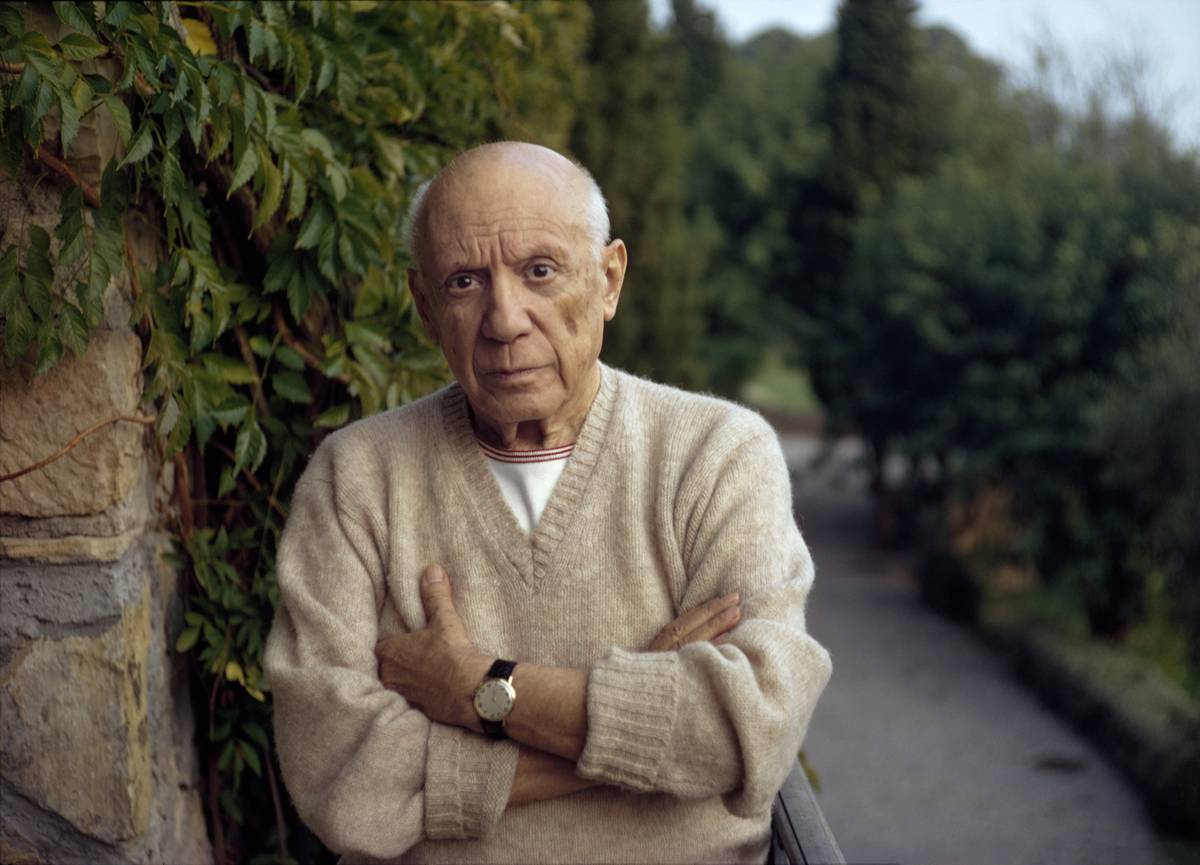
A. French
B. Italian
C. Spanish
D. American
Answer: Spanish

According to The History Channel, Pablo Picasso was born in Málaga, a city on Spain’s southern coast. Picasso was reportedly able to paint better than his art teacher father at the age of 13, prompting the elder Picasso to turn his equipment over to his son and give up the craft.
What famous sculpture was sometimes censored with a fig leaf?
![[redacted], Florence](https://media.tellmebest.com/wp-content/uploads/2023/09/redacted-Florence-84223.jpeg)
A. Michelangelo’s David
B. Auguste Rodin’s The Kiss
C. Alexandros of Antioch’s Venus De Milo
D. Michelangelo’s Pieta
Answer: Michelangelo’s David
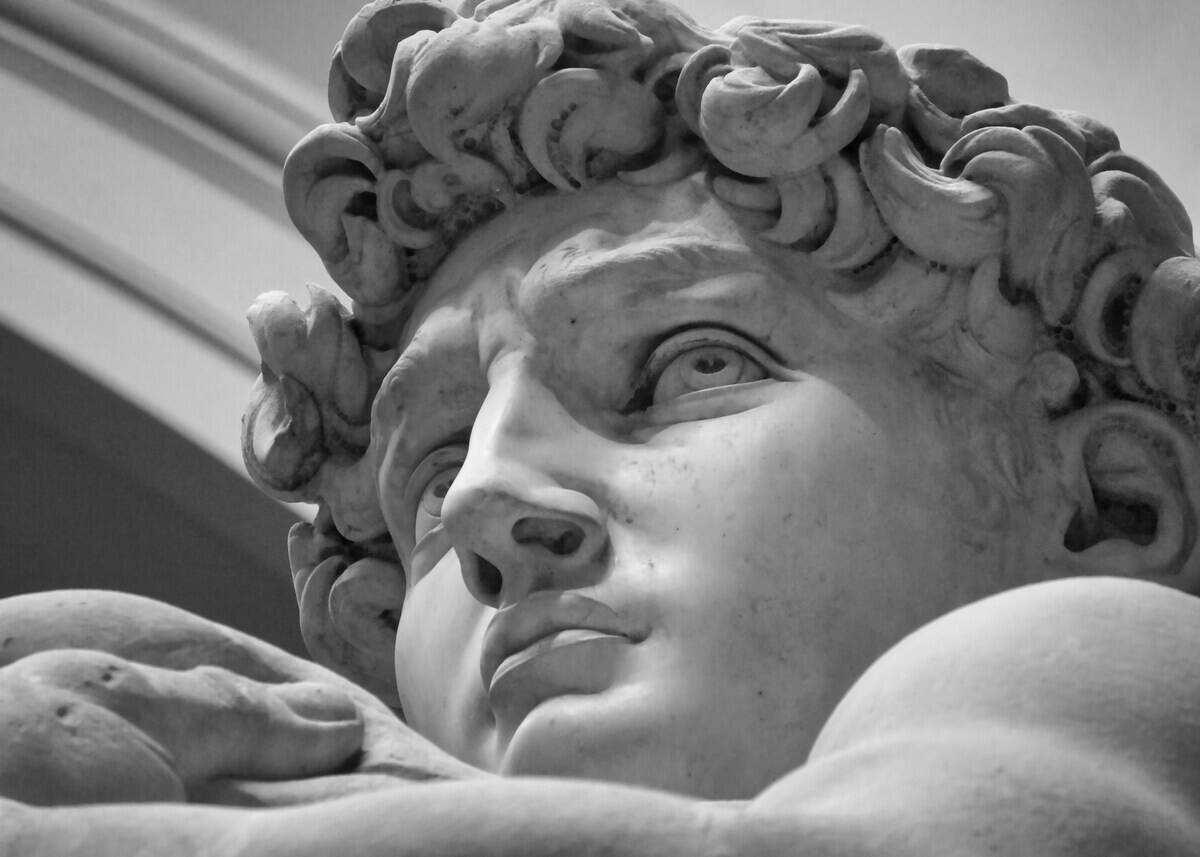
Although accounts vary on when squeamish authorities of the day started covering the lower extremity of Michelangelo’s David with a fig leaf, PBS reported that the plaster leaf was affixed to a California copy of the sculpture in 1939 and eventually removed in 1969.
Why did the Mona Lisa end up in the Louvre Museum?
![Mona Lisa by [redacted]](https://media.tellmebest.com/wp-content/uploads/2023/09/mona-lisa-by-leonardo-da-vinci-69951.jpeg)
A. The museum collects the world’s most culturally significant art
B. Leonardo Da Vinci was working on it in France when he died
C. Italy sent it to France to help pay off a national debt
D. Da Vinci had made too many enemies in Italy to display it there
Answer: Leonardo Da Vinci was working on it in France when he died
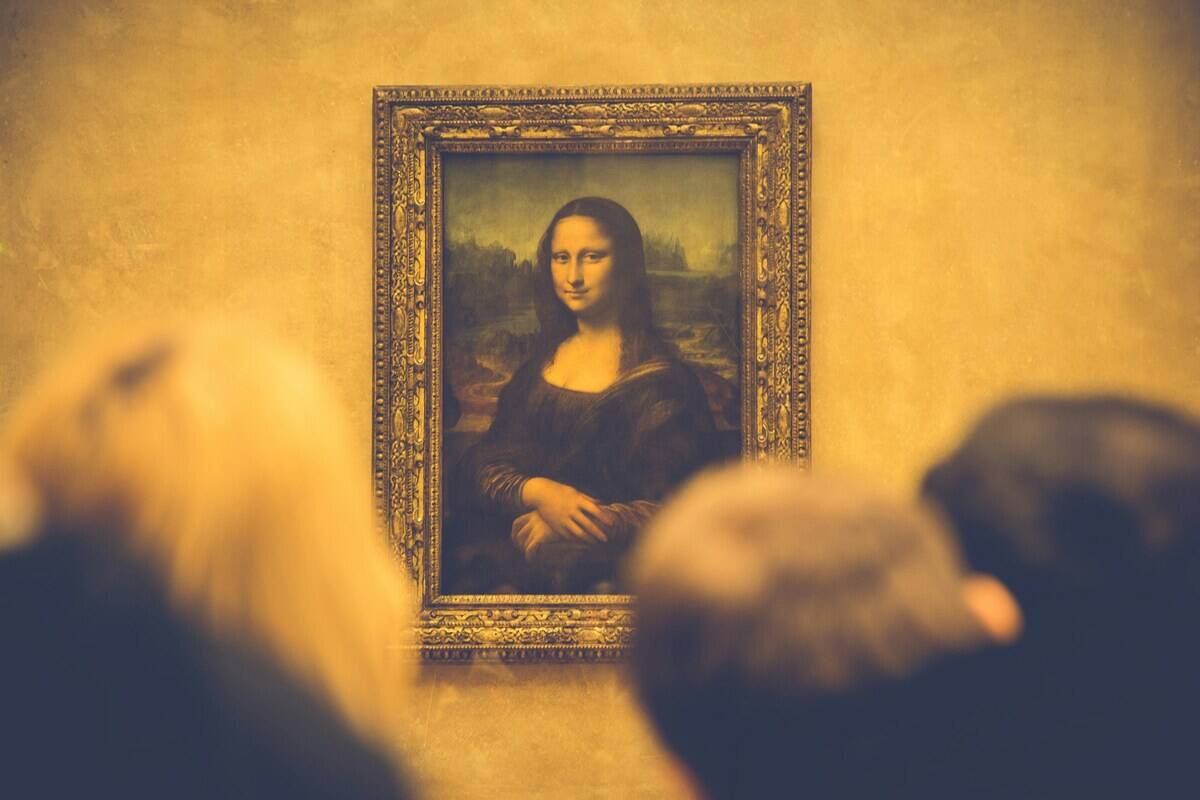
According to Forbes, Da Vinci started work on the Mona Lisa in Florence, Italy, in 1503 but was such a perfectionist that he still didn’t consider it complete by the time of his death in 1519. Since he was living in France and working under the patronage of King Francis I at the time, the world’s most famous painting ended up in the Louvre.
“Black figure” and “red figure” pottery began in what ancient city?
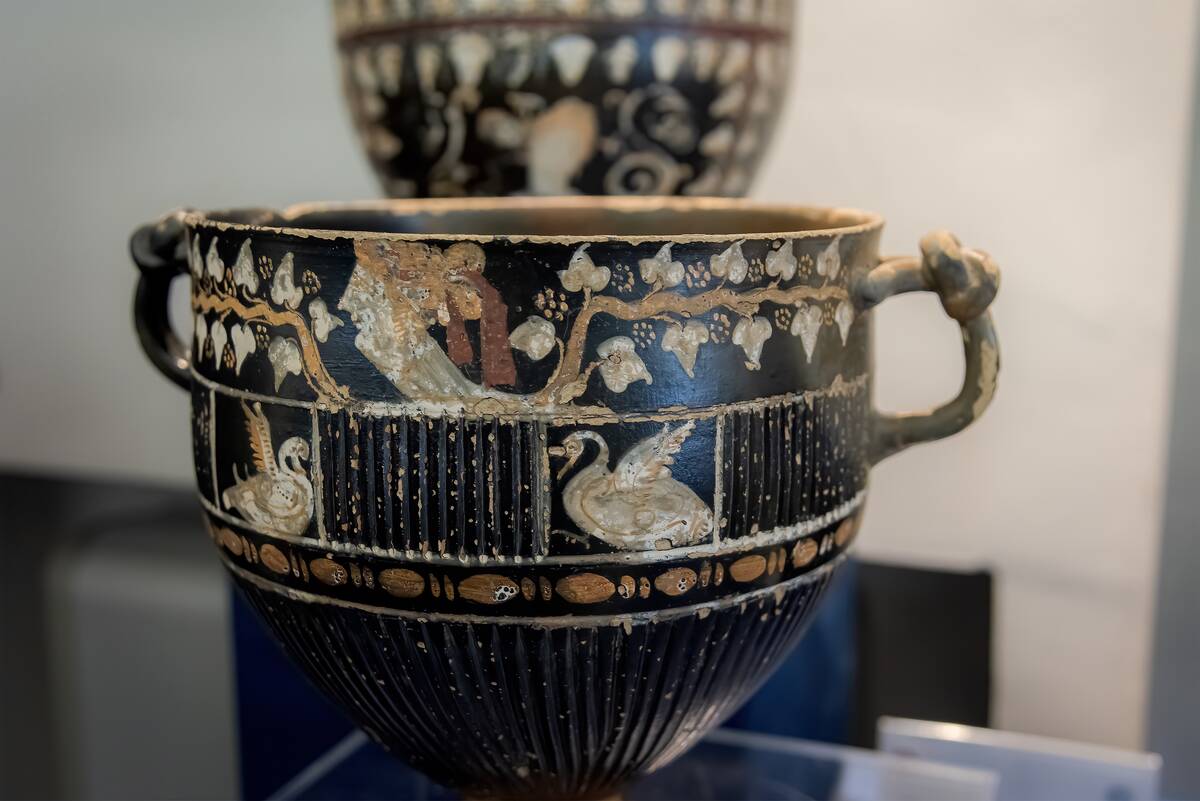
A. Thebes
B. Rome
C. Athens
D. Nineveh
Answer: Athens
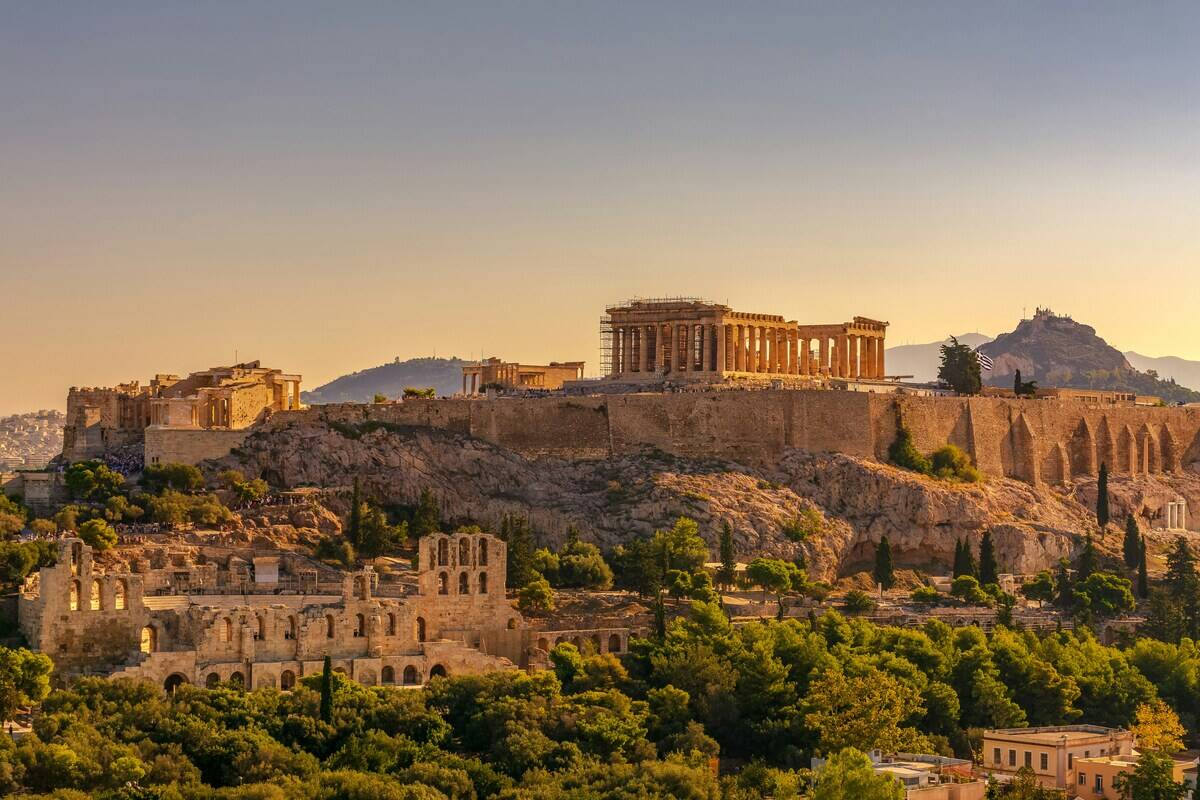
According to the Metropolitan Museum Of Art, the “black figure” and more sophisticated “red figure” techniques for including artistic images on pottery began in ancient Athens between 600 BCE and 530 BCE. Since the “red figure” technique was less time-consuming and allowed for a greater variety of images, it eventually replaced the earlier “black figure” technique among ancient potters.
What is “glazing” described as in the art world?
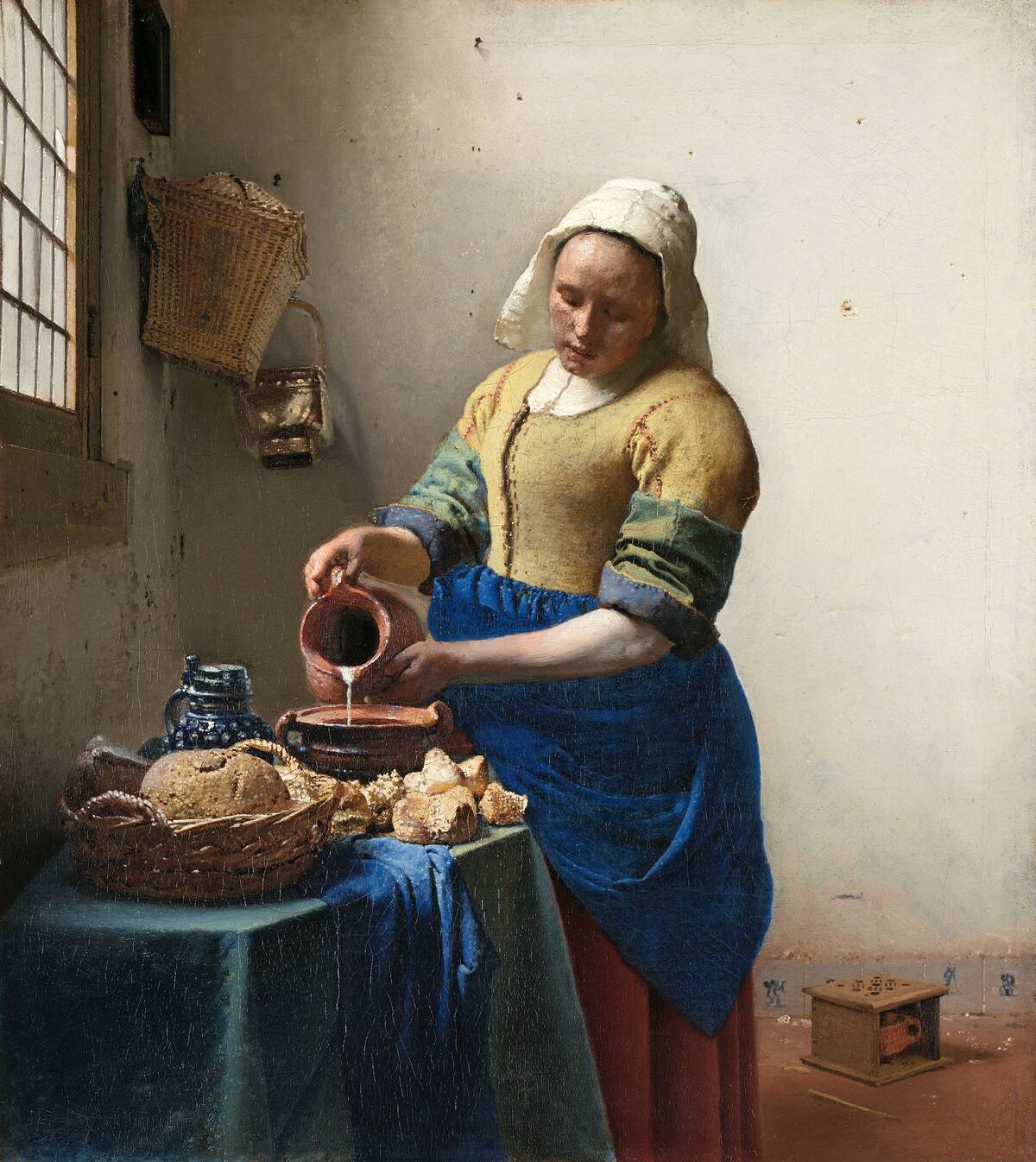
A. An act of vandalism where visitors throw food at a painting
B. Paints a transparent paint layer over work to achieve a luminescent effect
C. A novel technique that involves painting with honey
D. The act of pouring paint over a blank canvas as a foundation for the image
Answer: Paints a transparent paint layer over work to achieve a luminescent effect

According to Essential Vermeer, glazing is used by modern artists to add a shimmering effect that no other technique can achieve, but that wasn’t always the only reason. Paint in brilliant colors wasn’t as widely available to the masters of the past as it is now, so they used glazing to expand the number of colors their limited range of paints could express.
What French artist turned this simple card game into great art?
![The Card Players by [redacted]](https://media.tellmebest.com/wp-content/uploads/2023/09/The-Card-Players-by-redacted-24695.jpeg)
A. Paul Gaugin
B. Henri Matisse
C. Paul Cézanne
D. Eugène Delacroix
Answer: Paul Cézanne
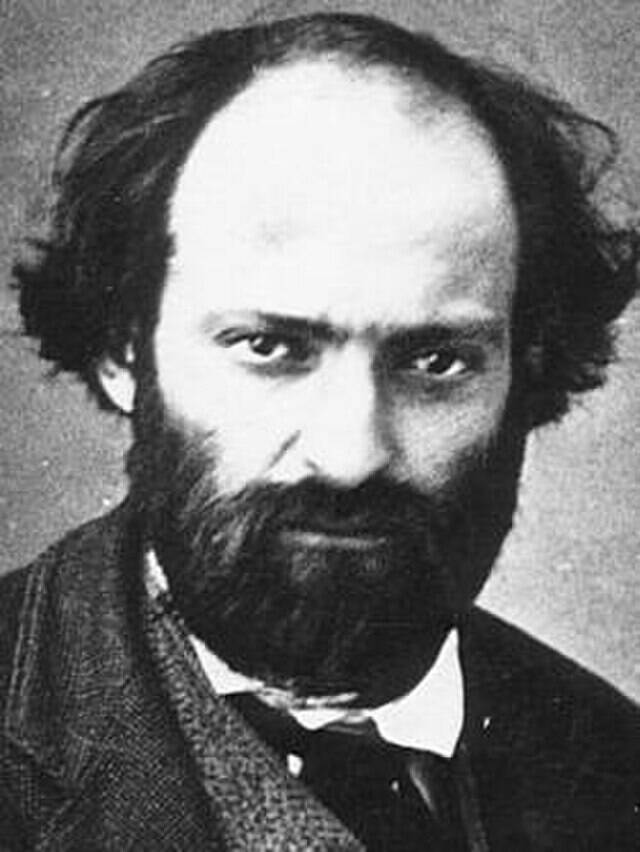
According to the Metropolitan Museum Of Art, Paul Cézanne was in his 50s when he started positioning local farmhands and creating a series of paintings capturing men engrossed in a card game. One of the resulting famous paintings depicts two players, while this one depicts three under the watchful eye of a fourth man in the background.
What inspired Claude Monet’s pioneering of impressionism?

A. A dream to not let his inability to capture details stop him from becoming famous
B. A need to stand out among the sharper, more detailed art of the time
C. A mistrust in the ability of the five senses to accurately depict the world
D. A desire to depict nature not as it is, but as he perceived it
Answer: A desire to depict nature not as it is, but as he perceived it
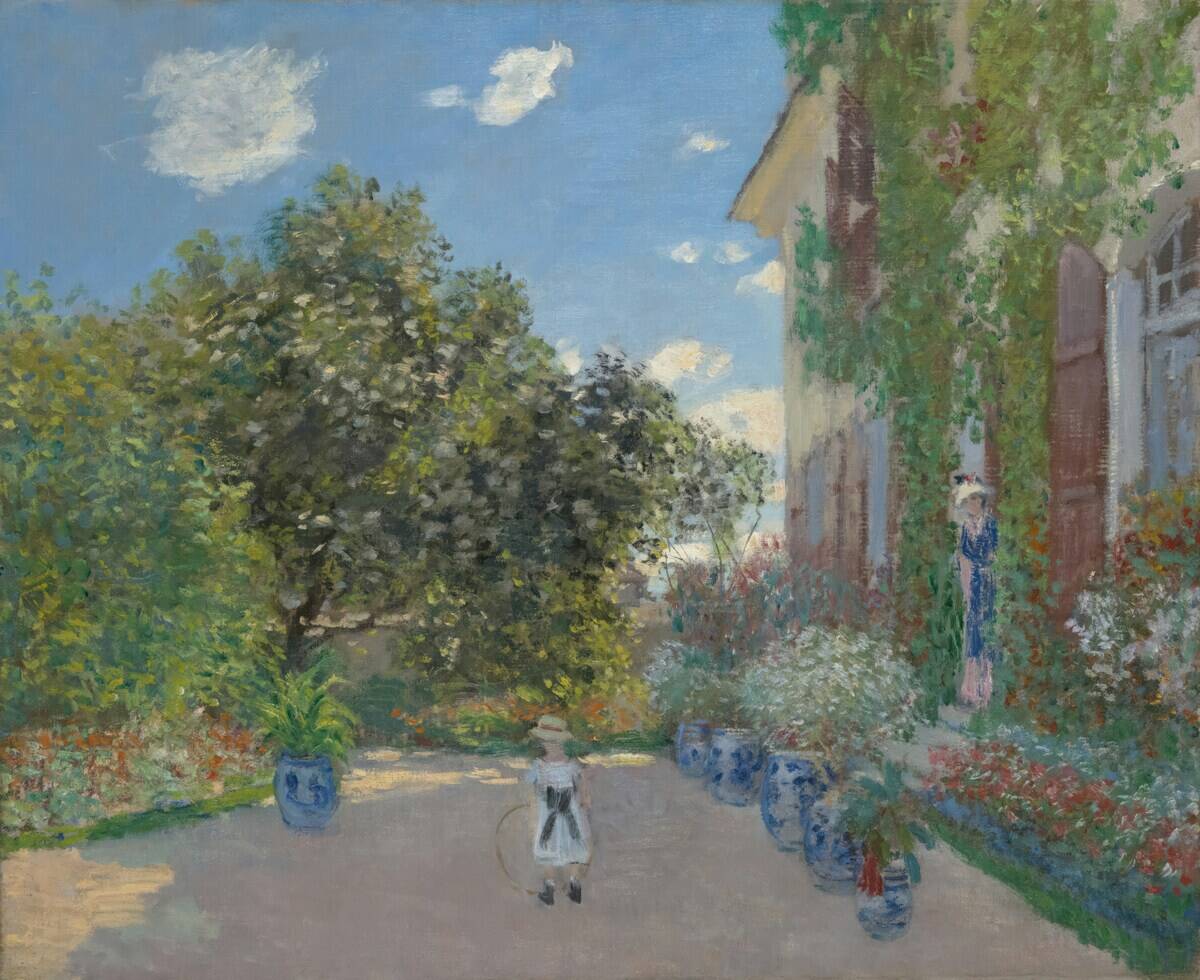
According to the Metropolitan Museum Of Art, Claude Monet pursued the impressionist style he would eventually pioneer because he wanted to capture the act of perceiving nature on canvas. The warm, colorful results would prove foundational for one of the most popular artistic styles in history.
What landscape painting was a landmark for American art?
![[redacted]](https://media.tellmebest.com/wp-content/uploads/2024/02/redacted-87405.jpeg)
A. Grand Canyon Of The Colorado River by Thomas Moran
B. The Oxbow by Thomas Cole
C. View Of Toledo by El Greco
D. The Dream by Henri Rousseau
Answer: Grand Canyon Of The Colorado River by Thomas Moran
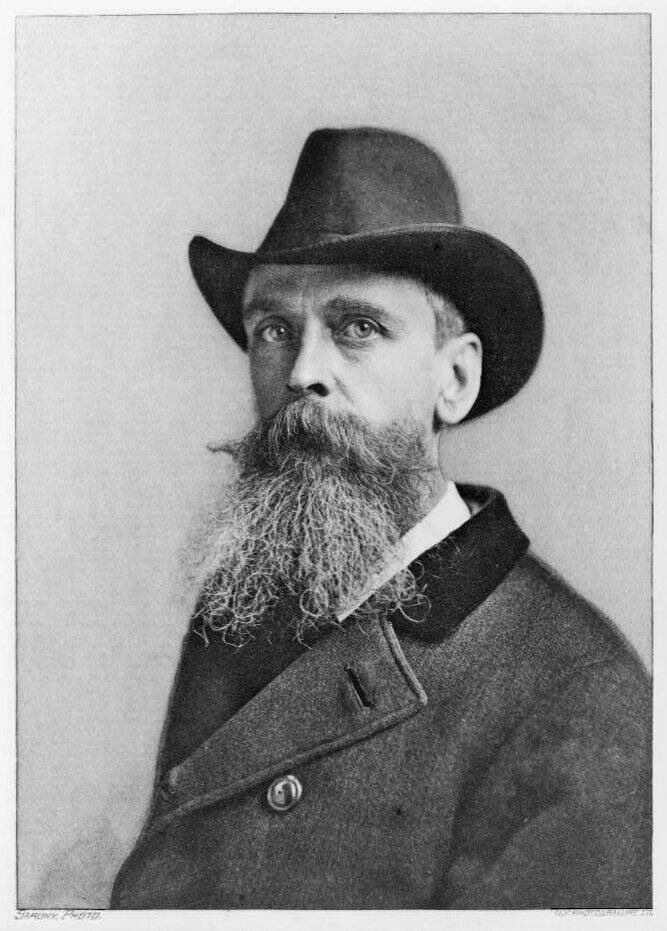
Born in England, Thomas Moran moved to the United States by the age of six after his father sought opportunities in a new land. According to the National Gallery Of Art, his appreciation for the landscapes there and the inspiration Moran likely drew from British artist J.M.W. Turner led others to call him the “American Turner.”
Who painted the ceiling of the Sistine Chapel?
![[redacted] Creation Of Adam](https://media.tellmebest.com/wp-content/uploads/2023/09/redacted-Creation-Of-Adam-76167.jpeg)
A. Raphael
B. Leonardo Da Vinci
C. Michelangelo
D. Donatello
Answer: Michelangelo

Although Michelangelo’s famous fresco on the ceiling of the Vatican’s Sistine Chapel is considered one of history’s greatest artistic achievements, The History Channel noted that Michelangelo didn’t actually want to paint it. He had been hired to build an elaborate tomb for Pope Julius II before the pontiff pressured him to paint the chapel, and he preferred to finish the tomb instead. He also specialized in sculpting and hadn’t painted a fresco before. Nonetheless, Michelangelo reluctantly agreed.
Who is considered the father of modern sculpture?
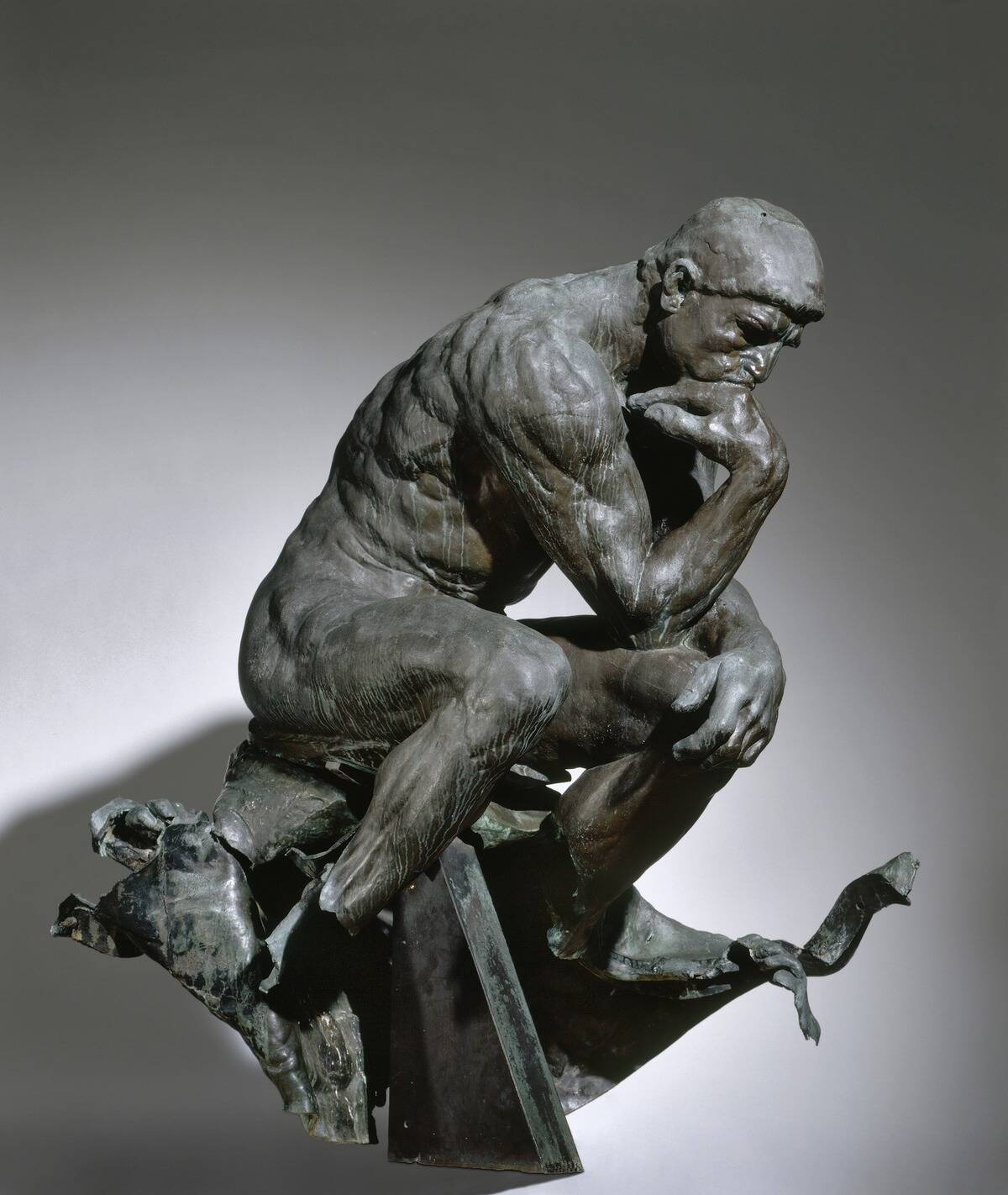
A. Antonio Canova
B. Auguste Rodin
C. Constantin Brâncuși
D. Alberto Giacometti
Answer: Auguste Rodin
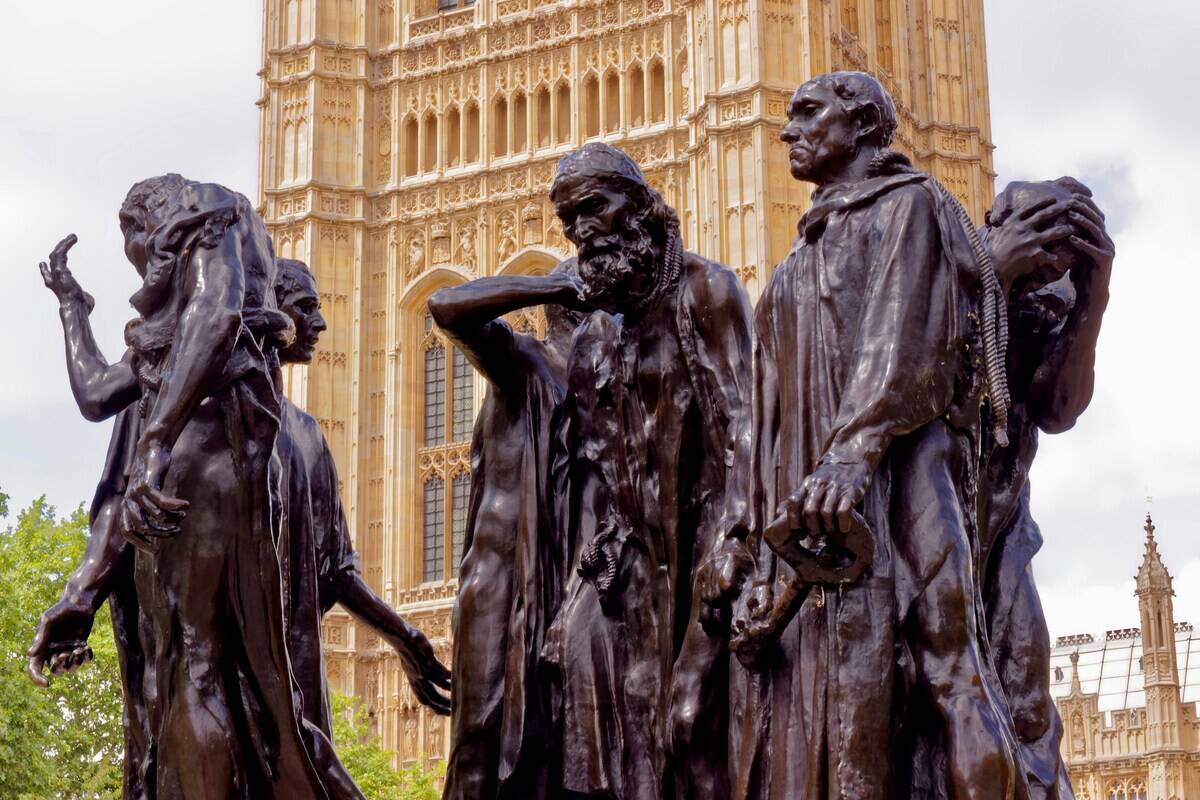
According to Christie’s, Auguste Rodin’s expressive style re-contextualized how artists use the medium of sculpture, and he demonstrated why he’s the father of modern sculpture with works such as The Thinker and The Kiss. Interestingly, both were supposed to be part of a masterpiece inspired by Dante’s Inferno before they became standalone pieces.
Who painted the now-iconic work of art, Amerian Gothic?
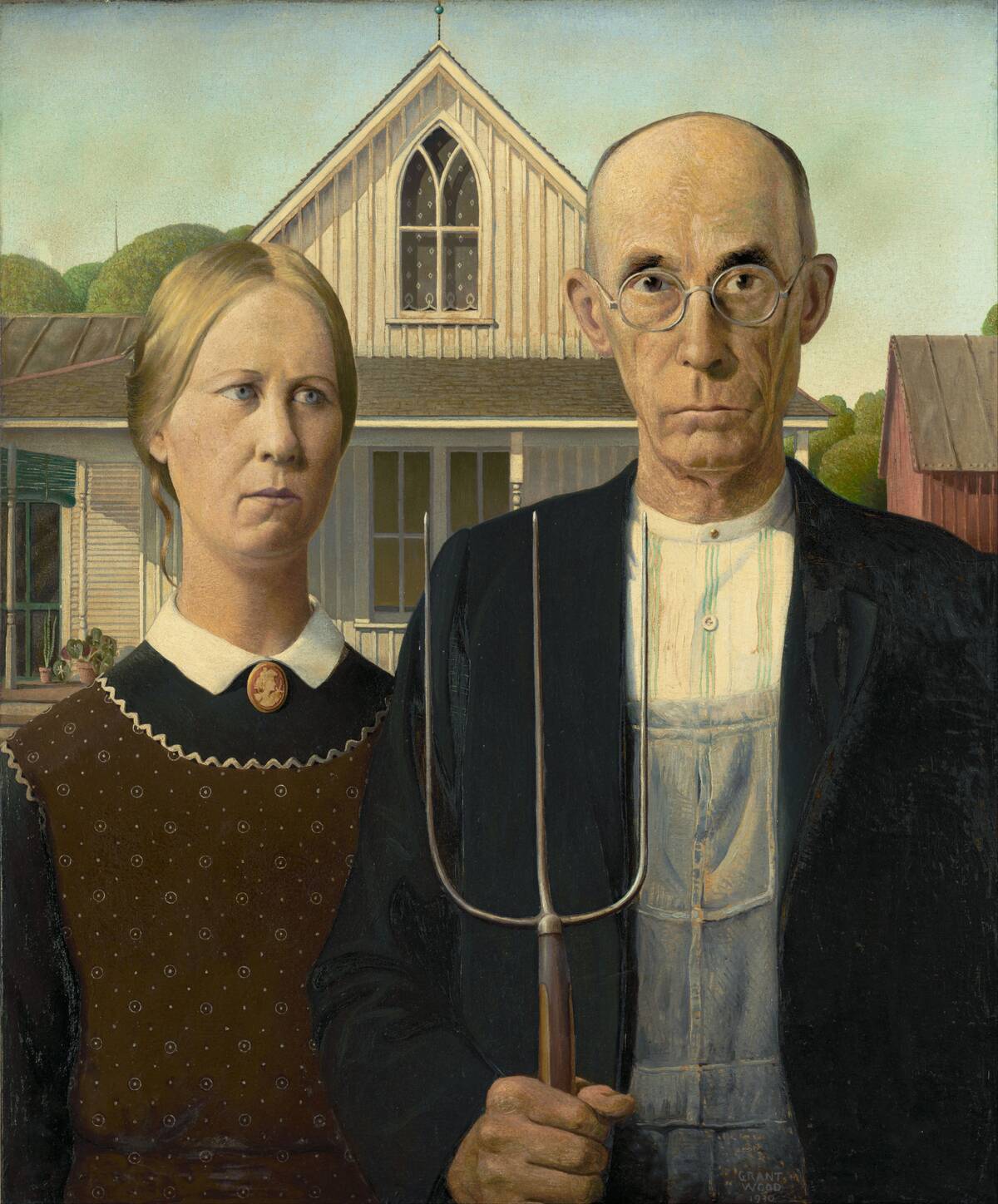
A. Edward Hopper
B. Norman Rockwell
C. John Singer Sargent
D. Grant Wood
Answer: Grant Wood
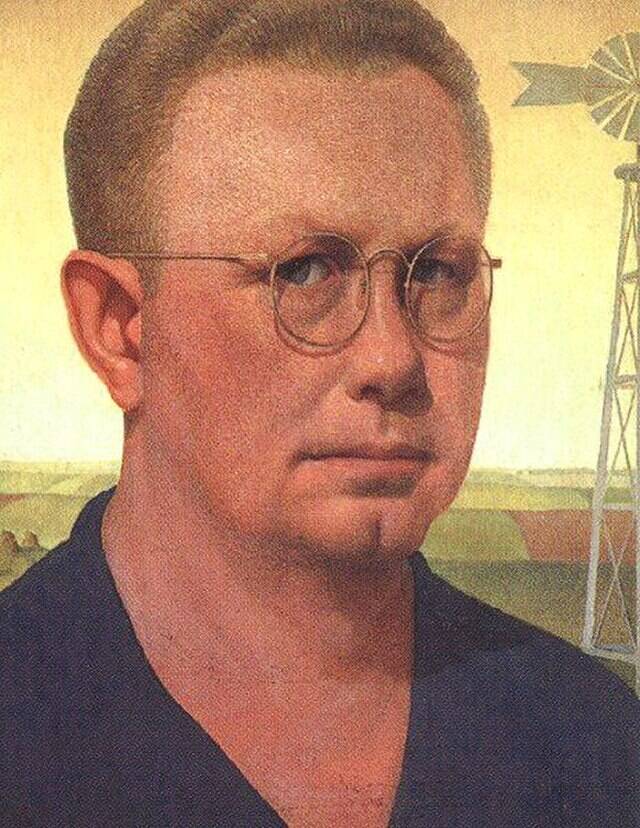
According to the Art Institute Of Chicago — where the painting is hosted — Grant Wood’s American Gothic is often considered a satirical portrait of out-of-step Midwesterners. However, he intended the painting to be a positive portrayal of rural Americans whose strength and values held firm even among the hardships of the Great Depression.
What artistic movement did Andy Warhol’s work influence?
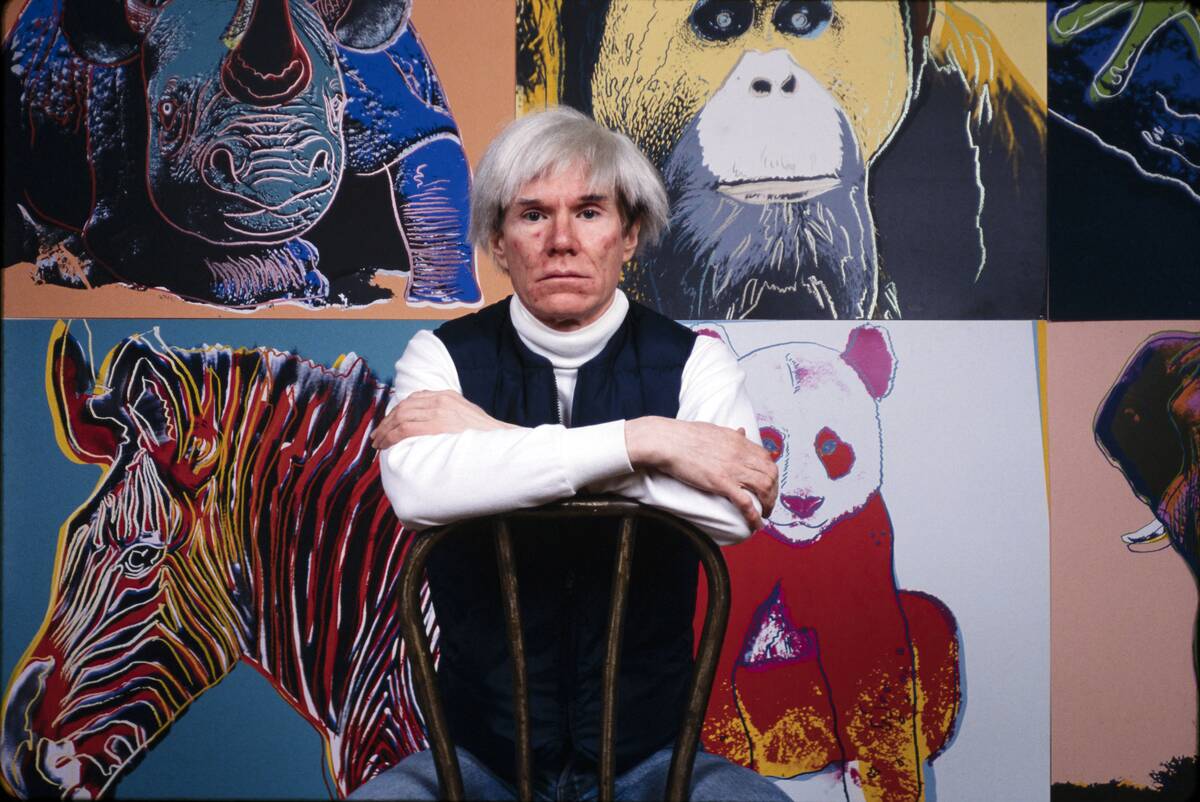
A. Suprematism
B. Pop Art
C. Dada
D. Minimalism
Answer: Pop Art

According to The Art Story, pop artists like Andy Warhol and Roy Lichtenstein believed there is no hierarchy to culture. As such, their respective works that made art out of advertisements and the popular comic book style were meant to demonstrate that mass culture can be as inspiration as “high” culture and that the line between them was blurrier than it seemed at the time.
Why did the irreverent “anti-art” of the Dadaist movement emerge?
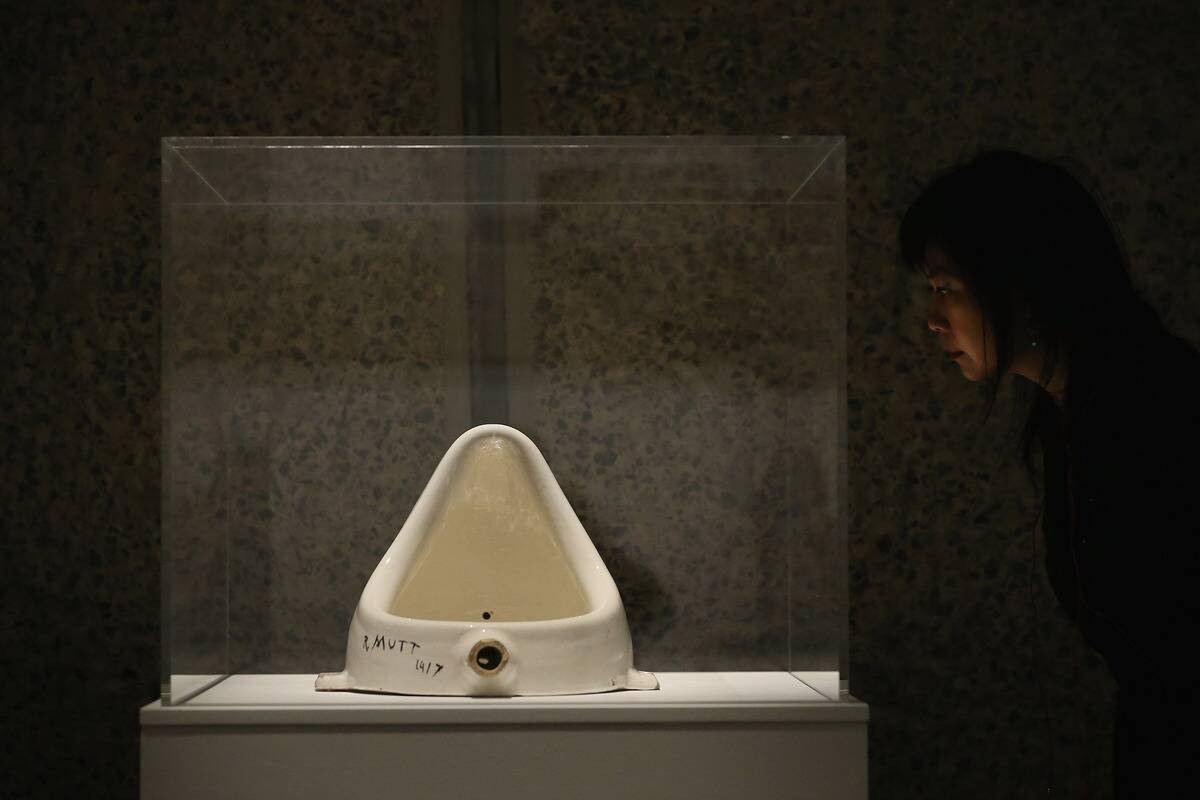
A. Artists were annoyed by people who claimed to understand their work
B. Marcel Duchamp bet Hugo Ball he could put a urinal on display an art gallery
C. Artists were reacting to the public’s complacency with the horrors of World War I
D. Everyone got bored and decided to pass off complete nonsense as art
Answer: Artists were reacting to the public’s complacency with the horrors of World War I

According to the Smithsonian Magazine, artists like Marcel Duchamp, who worked during the First World War, saw people mindlessly and passively accept European leaders’ justifications for its senseless horrors. In response, they made deliberately nonsensical and alienating art in the hopes that the shock people felt upon seeing them would inspire shock at what was happening around them.
Who created Aphrodite of Knidos, the first known female statue?

A. El Greco
B. Pheidias
C. Praxiteles
D. Zeuxis
Answer: Praxiteles
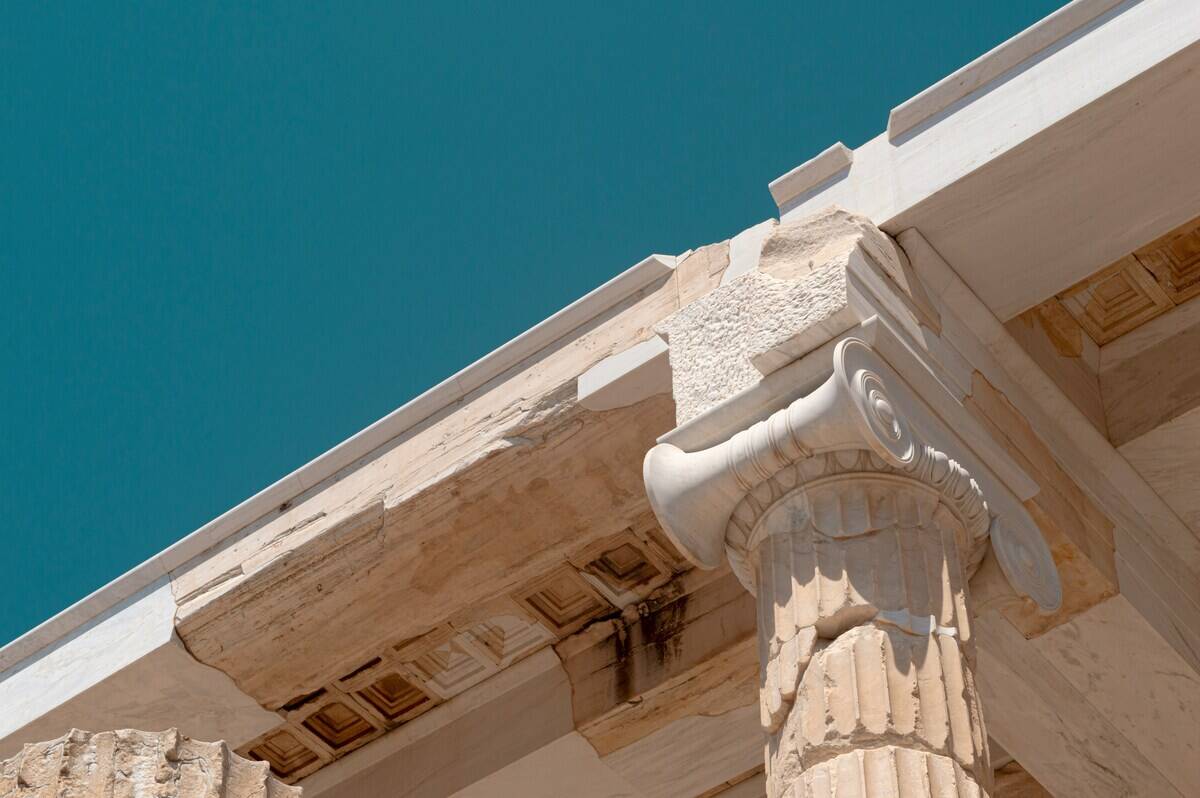
According to the University of Cambridge, Praxiteles’s ancient sculpture depicting Aphrodite in the nude was scandalous enough to be rejected by the city of Kos on Crete, who favored a clothed version. However, the original found an audience among the Knidians in Asia Minor and was eventually copied time and time again by the Romans.
What Mexican artist’s fame eventually eclipsed her husband’s?

A. Frida Kahlo
B. Maria Fragoso
C. Rocio Navarro
D. Floria González
Answer: Frida Kahlo

Although Frida Kahlo’s surreal, expressive self-portraits attracted some recognition and notoriety in her lifetime, her husband Diego Rivera’s murals had already made him famous by the time they were married. However, Forbes has since noted that few artists (including Rivera) have attracted as much posthumous fame and adoration as Kahlo does today.
What is this famous painting by a nationally treasured artist?
![The Company of Frans Banning Cocq and Willem van Ruytenburch [redacted]](https://media.tellmebest.com/wp-content/uploads/2023/09/The-Company-of-Frans-Banning-Cocq-and-Willem-van-Ruytenburch-redacted-68204.jpeg)
A. Night Watch by Rembrandt van Rijn
B. Liberty Leading The People by Eugène Delacroix
C. The Surrender Of Breda by Diego Velázquez
D. The Battle of Trafalgar by J.M.W Turner
Answer: Night Watch by Rembrandt van Rijn

According to Smithsonian Magazine, Rembrandt van Rijn’s Night Watch is widely considered the defining masterpiece of the Dutch Golden Age during the 17th Century. It was completed over the course of three years, and in recent times, researchers used an X-ray technology called Macro-XRF imaging to reveal the sketches and changes Rembrandt made underneath the finished piece.
What artist’s woodcuts practically defined Japan’s Edo period?
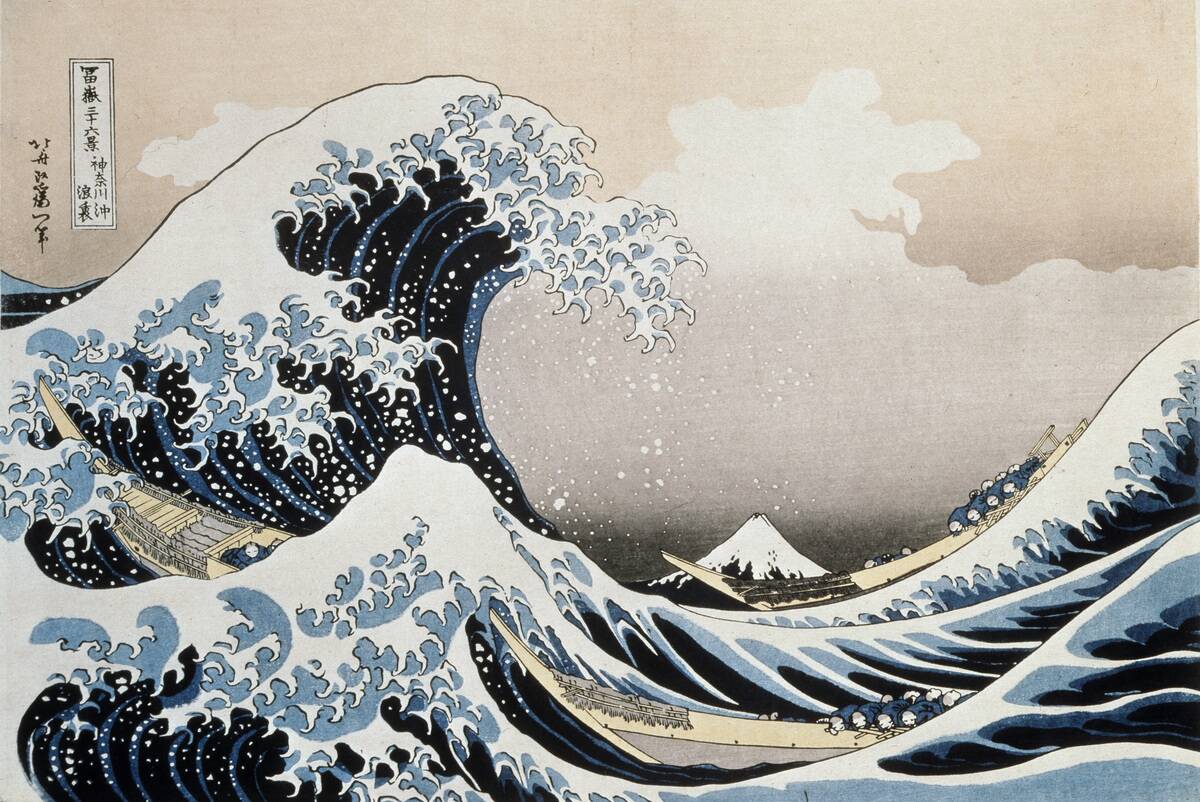
A. Takashi Murakami
B. Katsushika Hokusai
C. Yayoi Kusama
D. Kitagawa Utamaro
Answer: Katsushika Hokusai
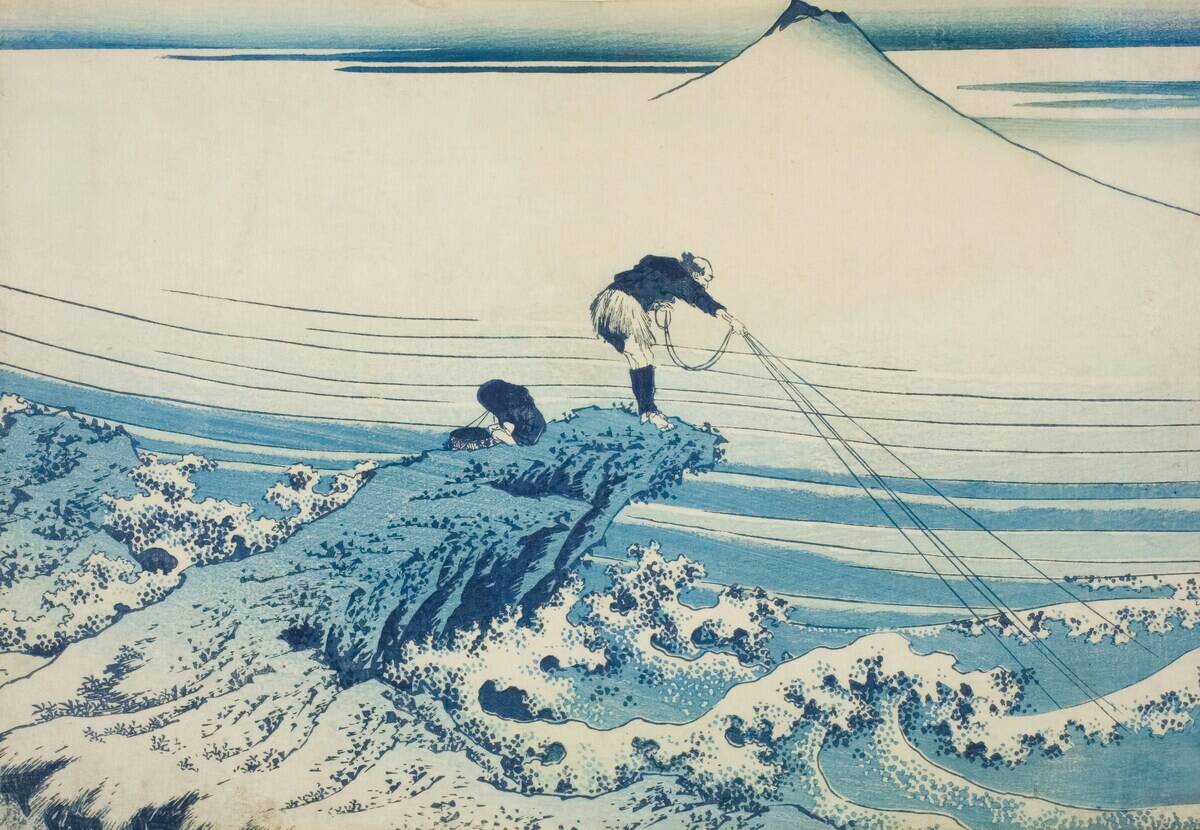
According to the BBC, Katsushika Hokusai’s The Great Wave off the Coast of Kanagawa was a crowning work for him and Japanese art at the time due partly to his revolutionary use of Prussian Blue ink. But while the 36 Views of Mt. Fuji series that includes it remains venerated in Japan, it also inspired the European impressionist movement and made a particular impression on Claude Monet.
When did Art Deco reach the peak of its popularity?

A. The 1890s
B. The 1920s
C. The 1940s
D. The 1950s
Answer: The 1920s
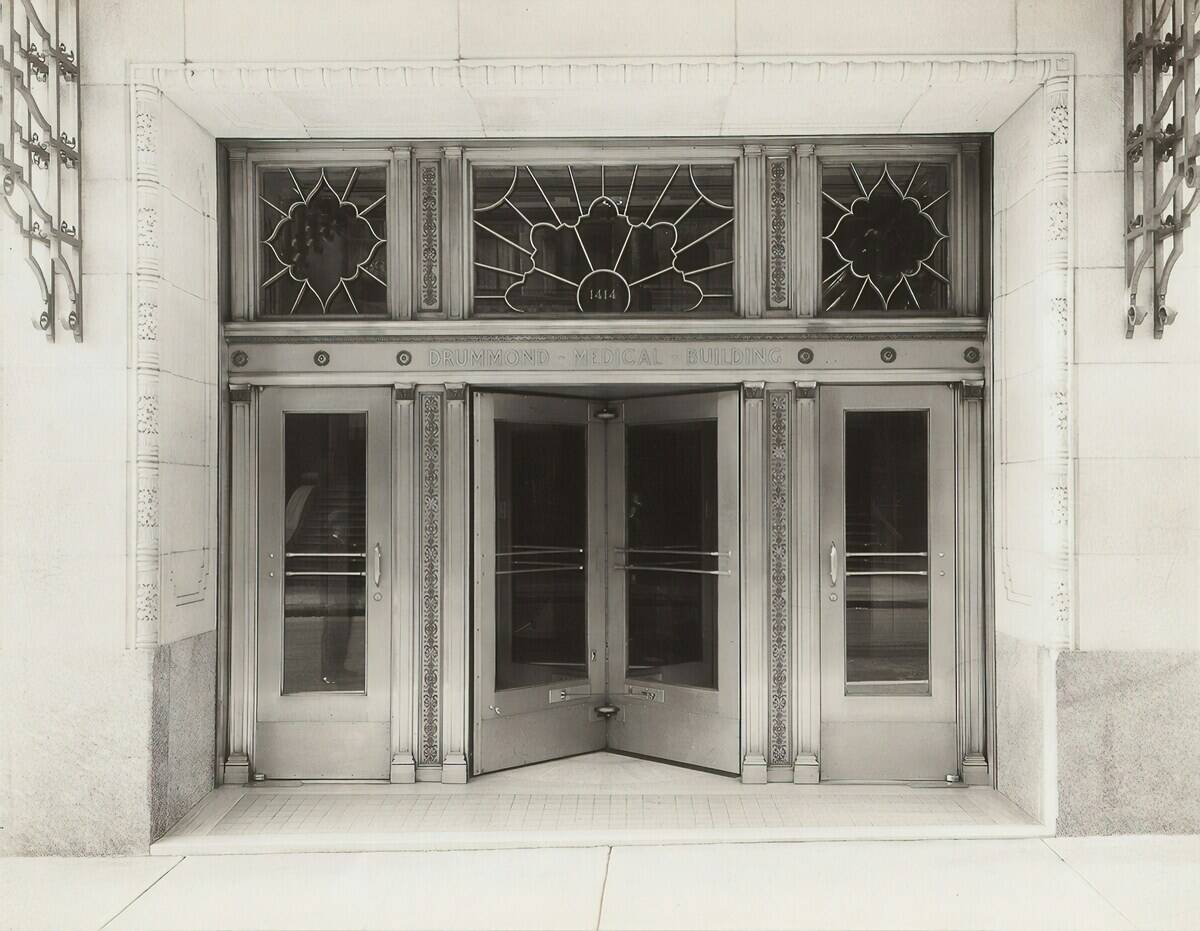
Although it’s a little hard to define, Art Deco was a distinct architectural style that saw buildings such as the Empire State Building and the Chrysler Building adorned with decorative chevrons and ambitious shapes that were built into their designs. According to The History Channel, the Art Deco movement declined in the 1930s due to the Great Depression, which made the tastes of the rich more passé than they would’ve been a decade prior.
What art movement did Wassily Kandinsky practically invent?
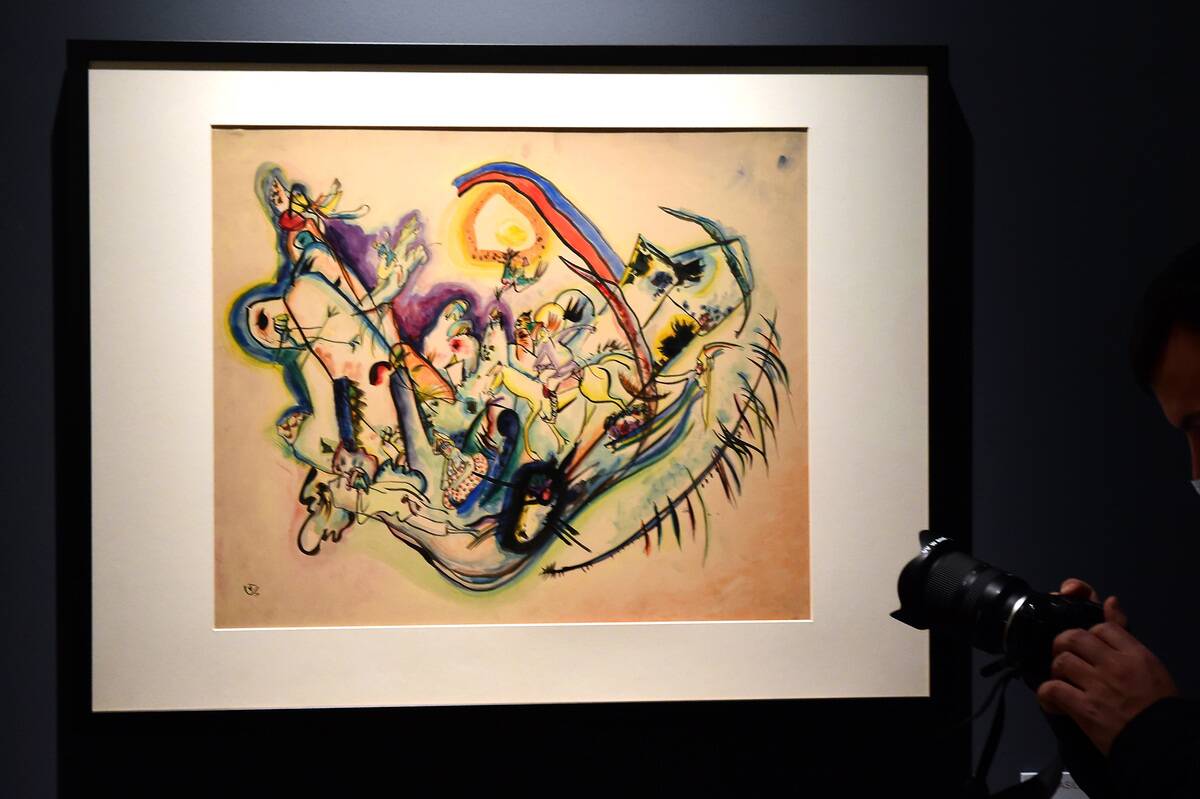
A. Rococo
B. Cubism
C. Art Nouveau
D. Abstract art
Answer: Abstract art

According to Manhattan Arts International, Kandinsky was the first known artist to paint purely abstract works. Although he embraced all other styles on the way to his revolutionary creations, his contributions all but birthed a movement that persists today.
Which artist took his biggest inspiration from dancers?
![Dancers by [redacted]](https://media.tellmebest.com/wp-content/uploads/2023/09/Dancers-by-redacted-11478.jpeg)
A. Edgar Degas
B. Pierre-Auguste Renoir
C. Édouard Manet
D. Camille Pissarro
Answer: Edgar Degas

Edgar Degas shared a similar goal to other impressionists of capturing life’s fleeting moments, but the Metropolitan Museum Of Art noted that his approach was significantly different from his contemporaries. While many of them preferred to paint natural scenes, he preferred to find those fleeting moments in theaters or cafés.
Who was known for his unique “drip painting” style?
![Reflection of the Big Dipper by [redacted]](https://media.tellmebest.com/wp-content/uploads/2023/09/Reflection-of-the-Big-Dipper-by-redacted-48926.jpeg)
A. Mark Rothko
B. Willem de Kooning
C. Jackson Pollock
D. Clyfford Still
Answer: Jackson Pollock
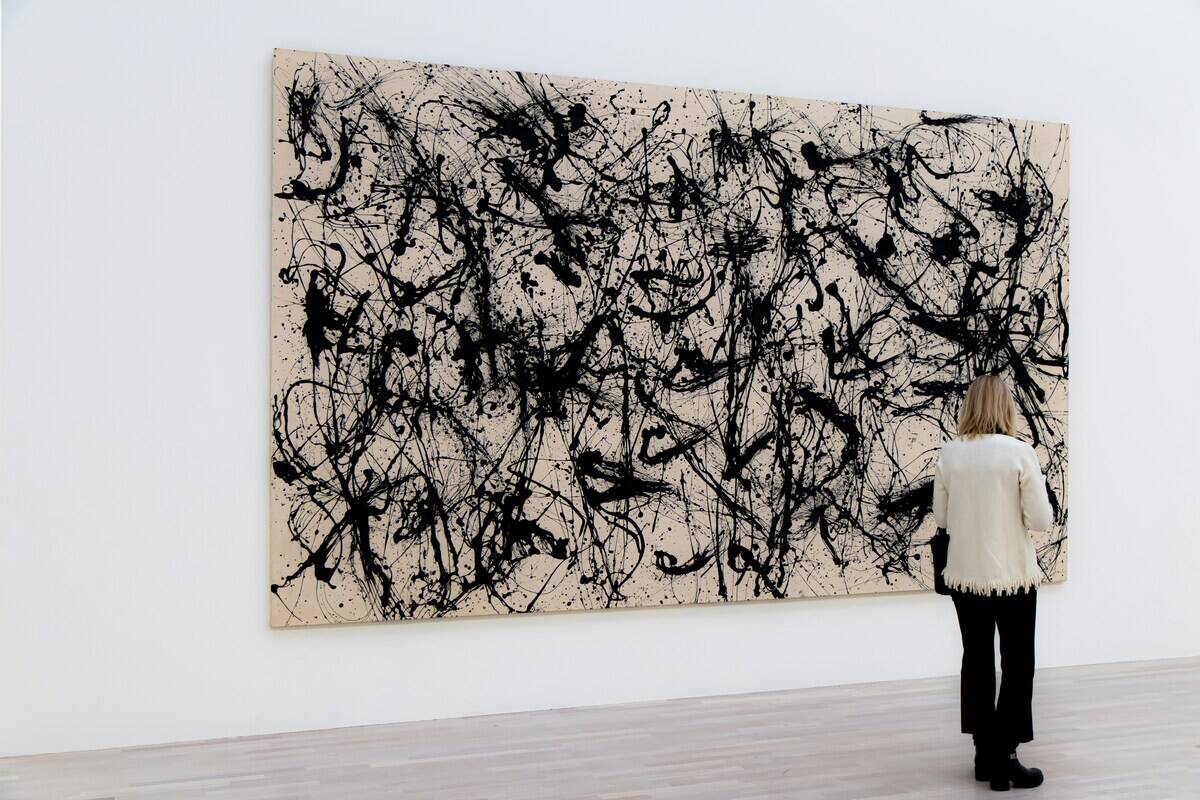
Although Jackson Pollock’s style was often called “drip painting,” he usually poured on more paint at once than that name implies. According to a study from Brown University, he would pour either directly from the can onto his canvas or use a stick to guide the paint. Researchers described his work as using “unbroken filaments of paint stretching across the canvas.”
What ancient civilization made stone sculptures like this?
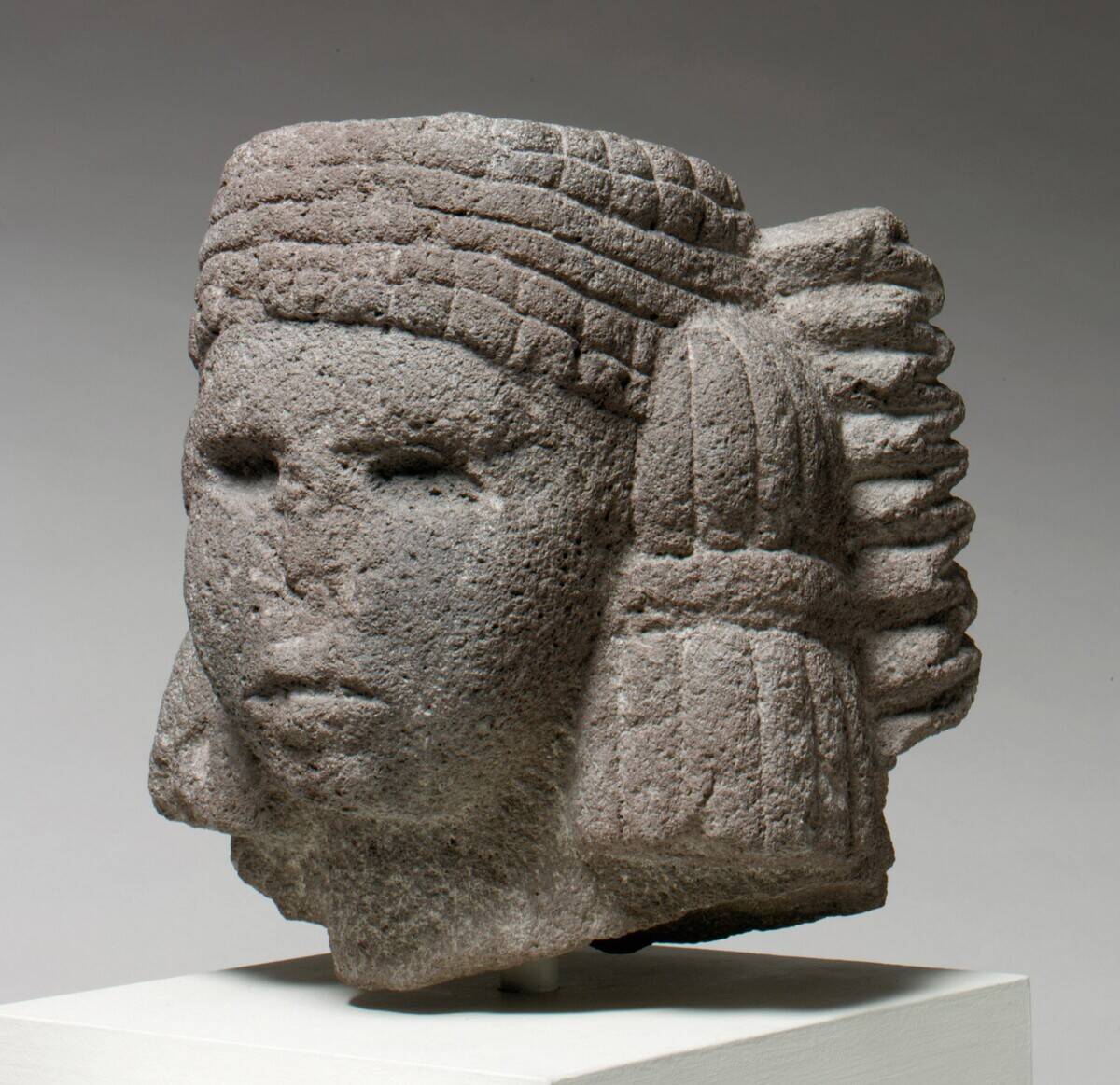
A. Aztecs
B. Celts
C. Sumerians
D. Mayans
Answer: Aztecs

According to the Metropolitan Museum Of Art, Aztec sculptures are rooted in the four-thousand-year-old traditions of the Olmec people. In the time before the Spanish conquest, the Aztecs carved thousands of sculptures from volcanic rock and semi-precious stones like jade. Despite a campaign of destruction by the colonizers, many of these sculptures still survive.
Who was scandalized and celebrated for The Kiss?
![The Kiss By [redacted]](https://media.tellmebest.com/wp-content/uploads/2023/09/The-Kiss-By-redacted-35793.jpeg)
A. Egon Schiele
B. Gustav Klimt
C. Oskar Kokoschka
D. Koloman Moser
Answer: Gustav Klimt
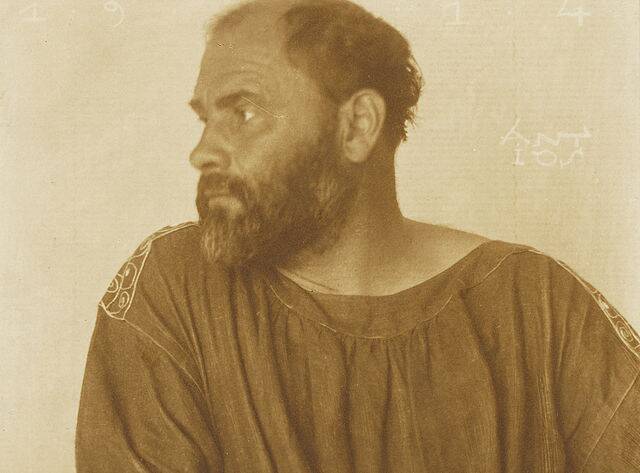
Not to be confused with Auguste Rodin’s sculpture of the same name, Gustav Klmit’s The Kiss is a romantic, symbolic work that saw Klimt cover his canvas in gold leaf. Although Artsper Magazine described initial audiences as despising the painting, it was soon purchased by the Viennese government.
What ancient glass technique can be seen in church windows?
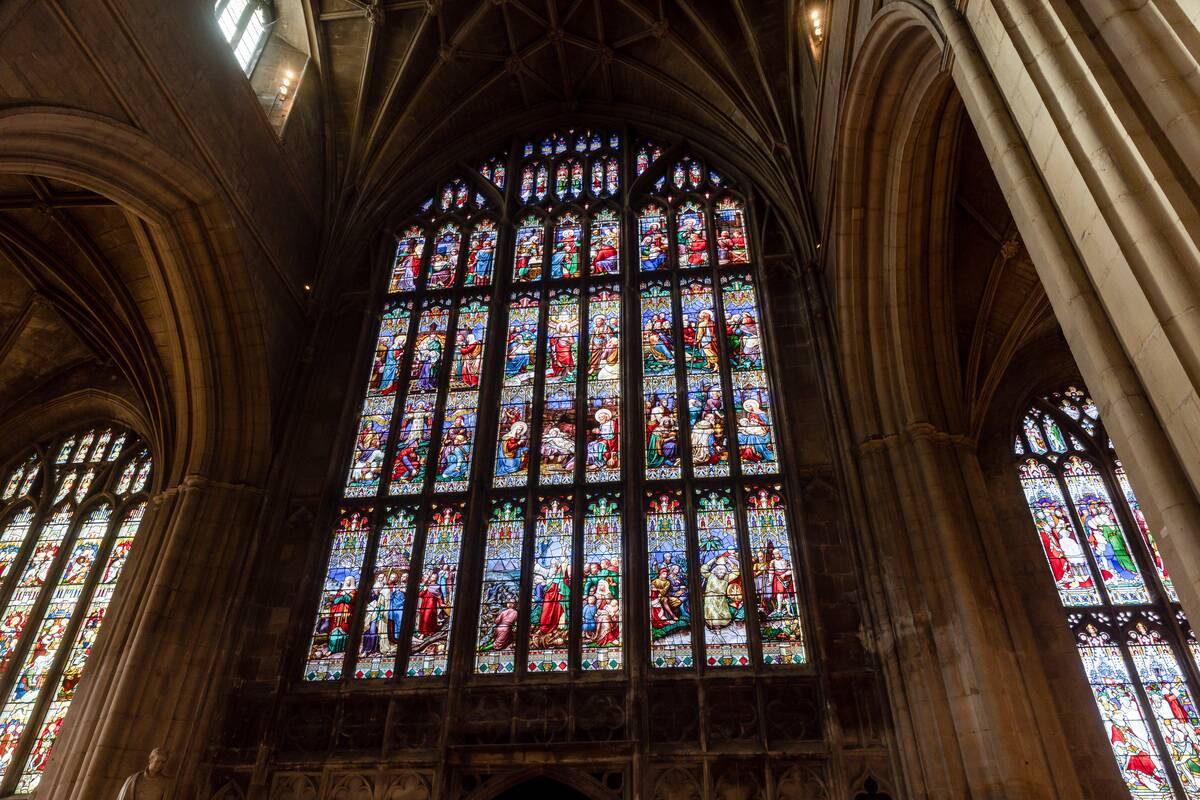
A. Stained glass
B. Studio glass
C. Tempered glass
D. Annealed glass
Answer: Stained glass

According to My Modern Met, stained glass emerged as early as the days of the Roman Empire, as evidenced by the Lycurgus Cup from the 4th Century. Stained glass is made by adding metallic oxides while the glass is manufactured to produce different colors. For instance, adding copper oxides to glass in its molten stage tends to produce blue and green hues.
Whose self-portrait is an example of the realism he pioneered?
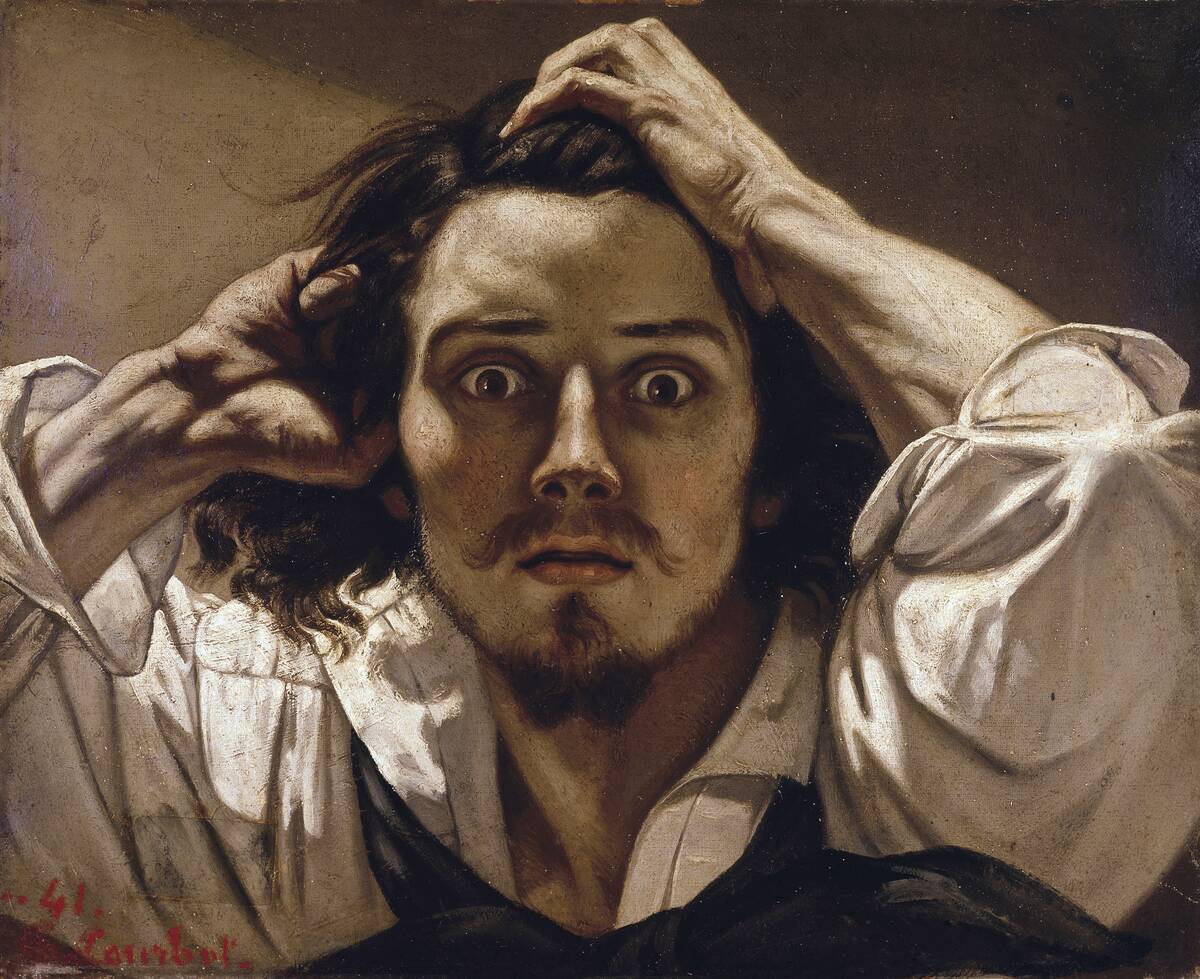
A. Gustave Courbet
B. Edward Hopper
C. Honoré Daumier
D. Jean-François Millet
Answer: Gustave Courbet
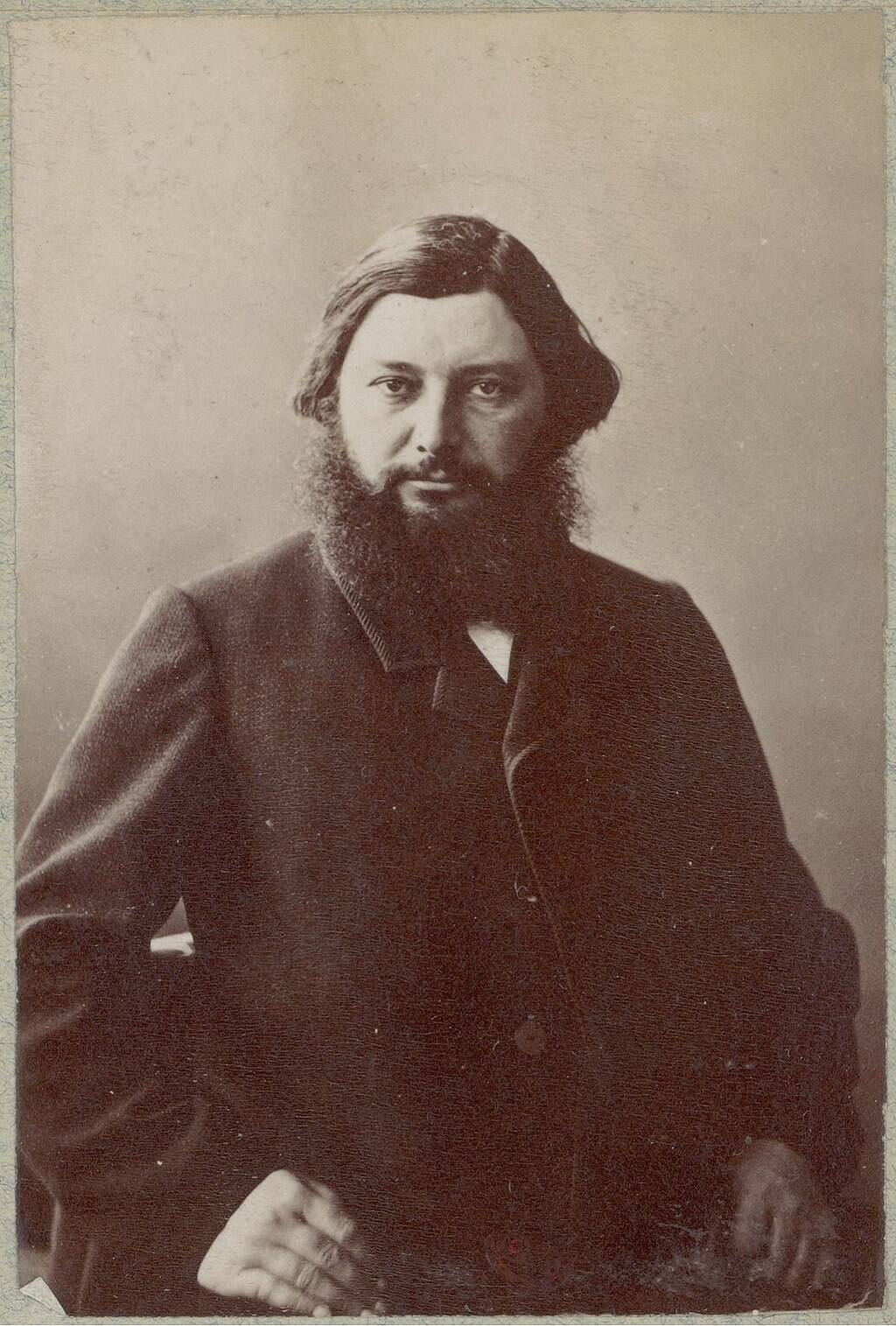
According to The Metropolitan Museum Of Art, Gustave Courbet’s realism wasn’t just a pursuit of detailed, realistic depictions of people but their lives. This caused an uproar among the elitists of the Paris Salon in the early 1850s for presenting the lives of ordinary people as they were and seeking to blur class boundaries.
What was Picasso’s Guernica a solemn reaction to?
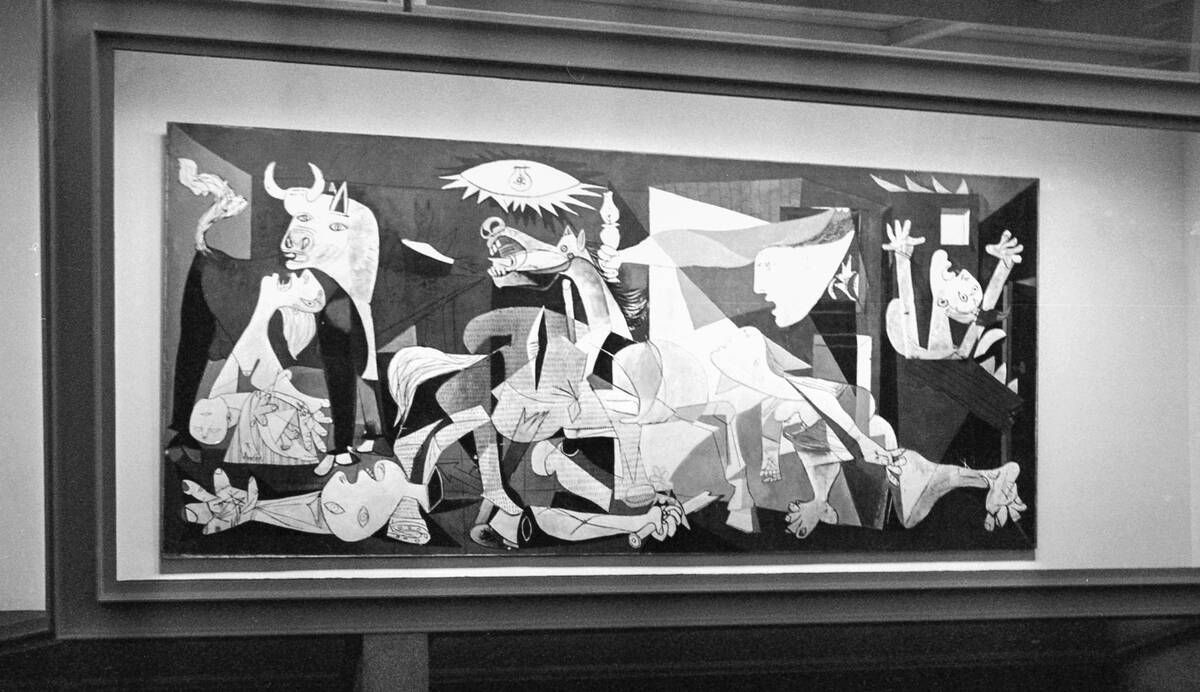
A. World War I
B. The Spanish Civil War
C. World War II
D. The Spanish-American War
Answer: The Spanish Civil War

According to the Museo Nacional Centro de Arte Reina Sofía, Pablo Picasso specifically painted Guernica after German aircraft dropped explosives on a Basque town of the same name, but the sheer size of the mural was a reference to the scale of the Spanish Civil War at large. It also served as a warning for what was to come in World War II, at which point Picasso lent the painting to New York’s Museum of Modern Art until Spanish democracy was restored.
What technique did Georges Seurat use for his famous works?
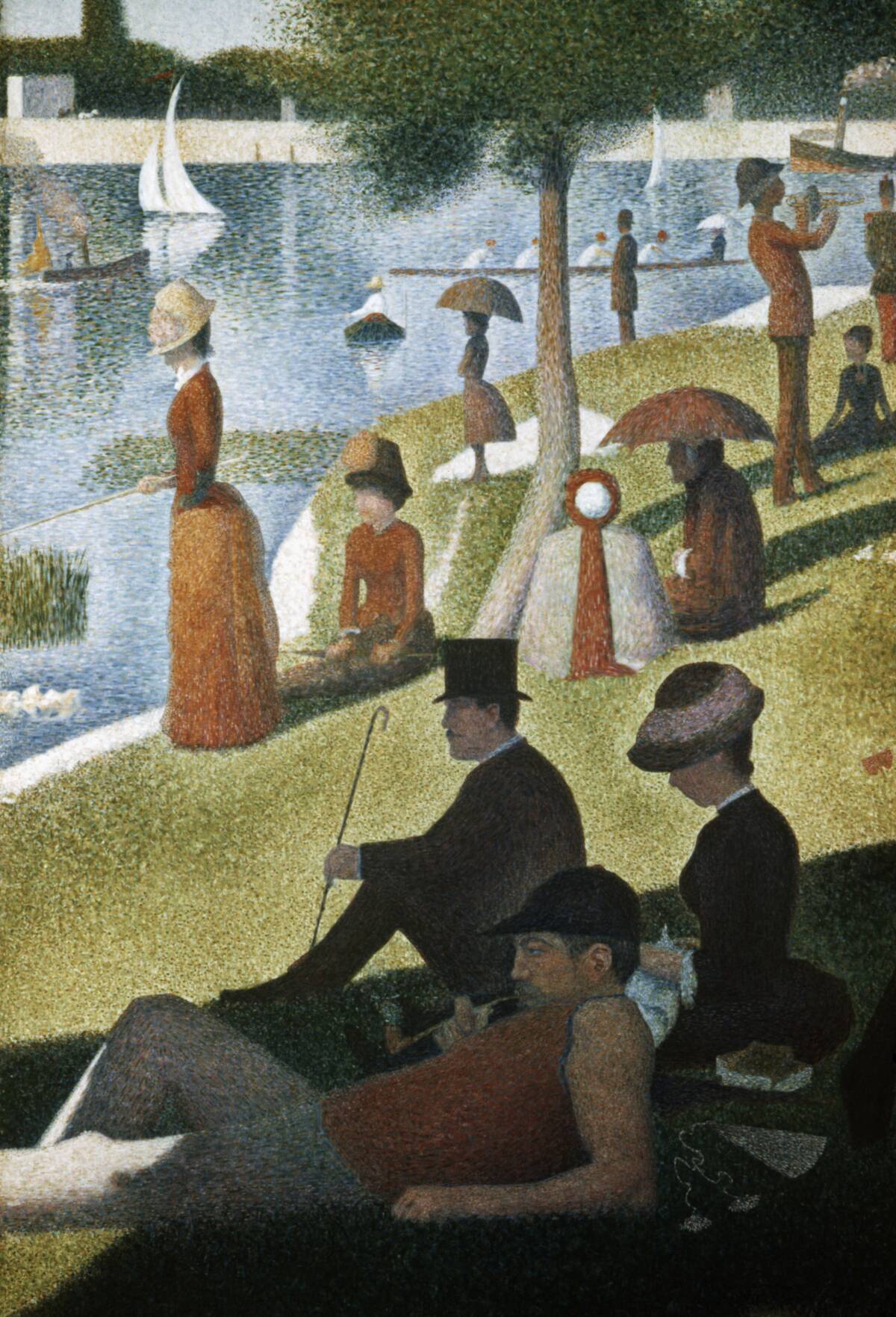
A. Encaustic painting
B. Pointillism
C. Foreshortening
D. Trompe-l’œil
Answer: Pointillism
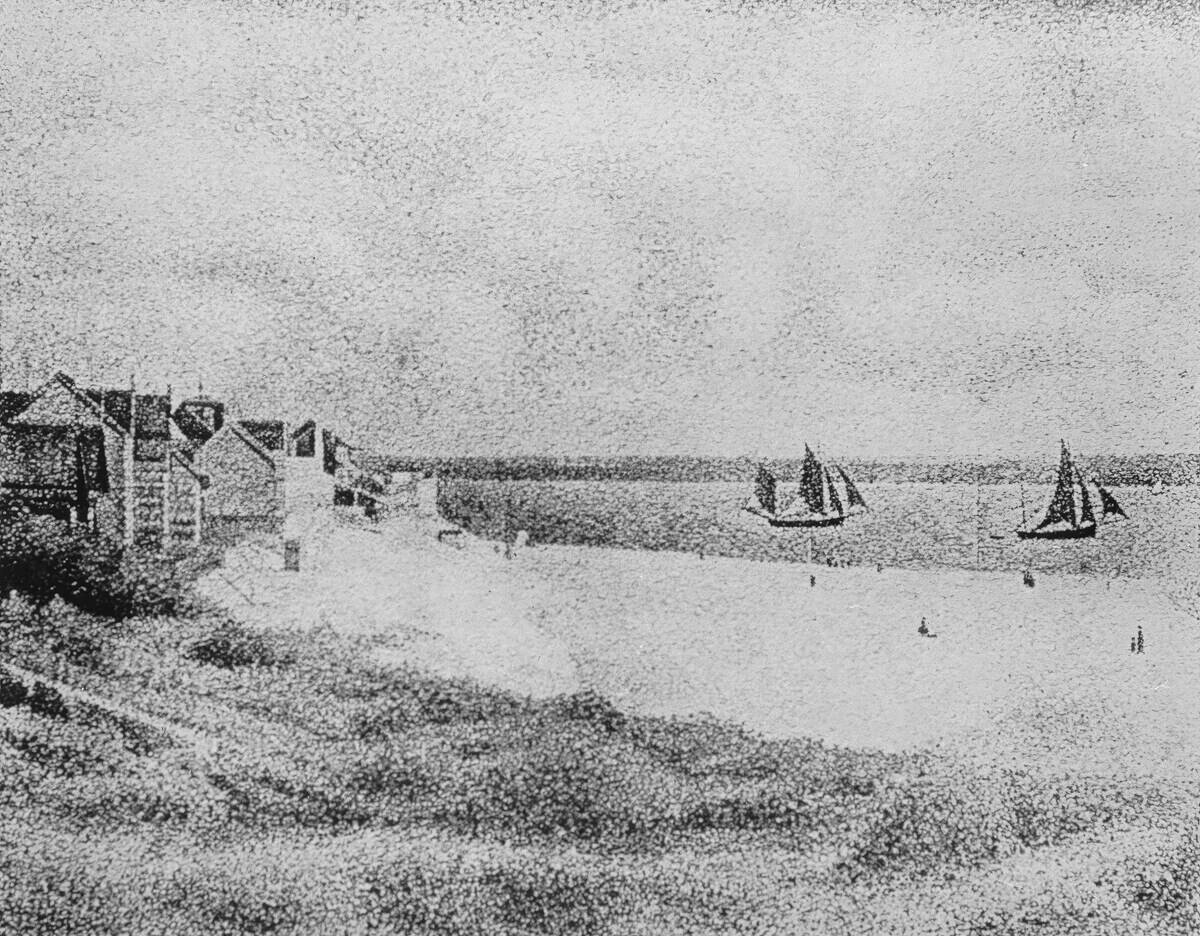
According to the U.K.’s National Gallery, Georges Seurat broke from the impressionist style and developed his own technique called pointillism. This involved the time-consuming but impressively detailed practice of painting the image entirely using small dots and tiny brush strokes.
Who still sparks mass speculation with her flower paintings?
![Preview Of The Tate Modern's [redacted] Exhibition](https://media.tellmebest.com/wp-content/uploads/2023/09/Preview-Of-The-Tate-Moderns-redacted-Exhibition-62683.jpeg)
A. Rosa Bonheur
B. Berthe Morisot
C. Mary Cassatt
D. Georgia O’Keefe
Answer: Georgia O’Keefe

Although the Museum Of Modern Art noted that Georgia O’Keefe’s floral paintings featured larger-than-life organs, O’Keefe always insisted that her flowers weren’t representing anything but themselves. She said, “I will make even busy New Yorkers take time to see what I see of flowers.”
What was the name of ancient Egypt’s pictorial writing system?
![Ancient Egyptian [redacted] carved on the wall of Hathor Temple](https://media.tellmebest.com/wp-content/uploads/2023/09/Ancient-Egyptian-redacted-carved-on-the-wall-of-Hathor-Temple-67682.jpeg)
A. Cuneiform
B. Bone script
C. Hieroglyphs
D. Rongorongo
Answer: Hieroglyphs
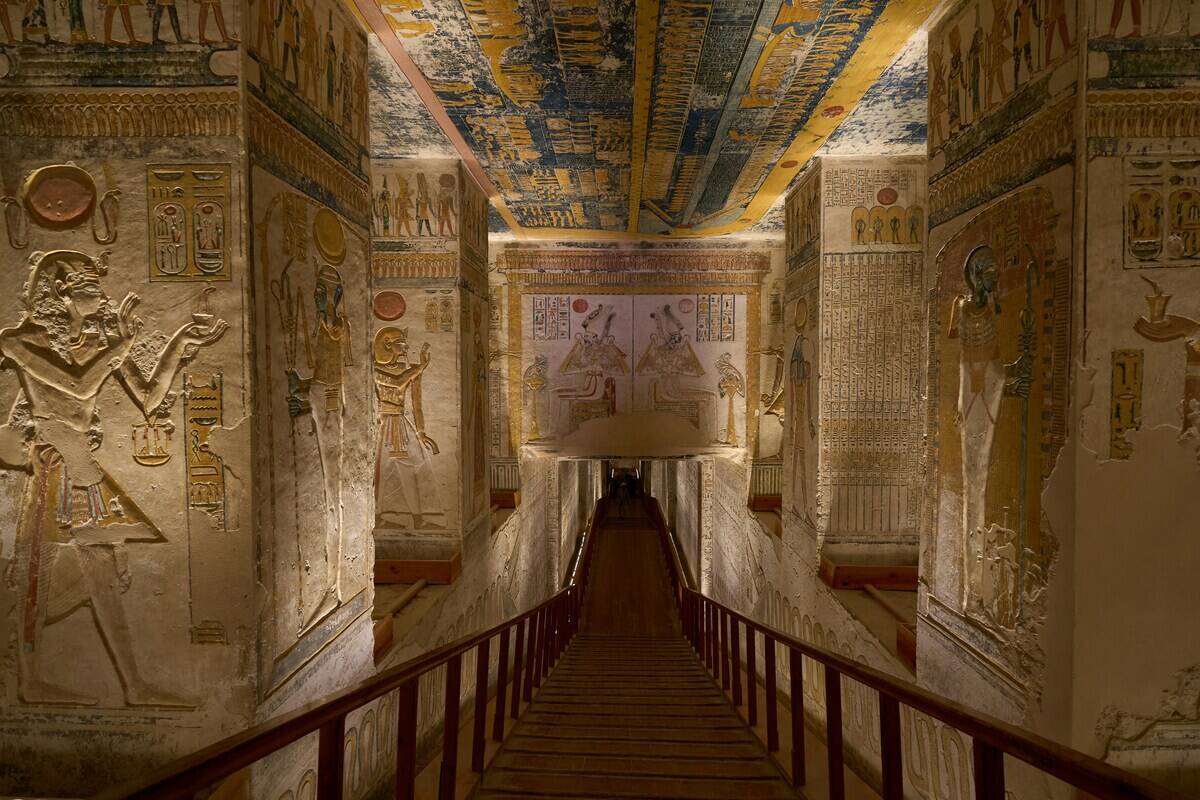
According to the Penn Museum, the ancient Egyptians first created hieroglyphs shortly before 3100 BCE and would continue to use them for the following 4,000 years. The system consisted of over 700 symbols, some of which denoted specific sounds and syllables.
Who filed a libel lawsuit after this painting was criticized?
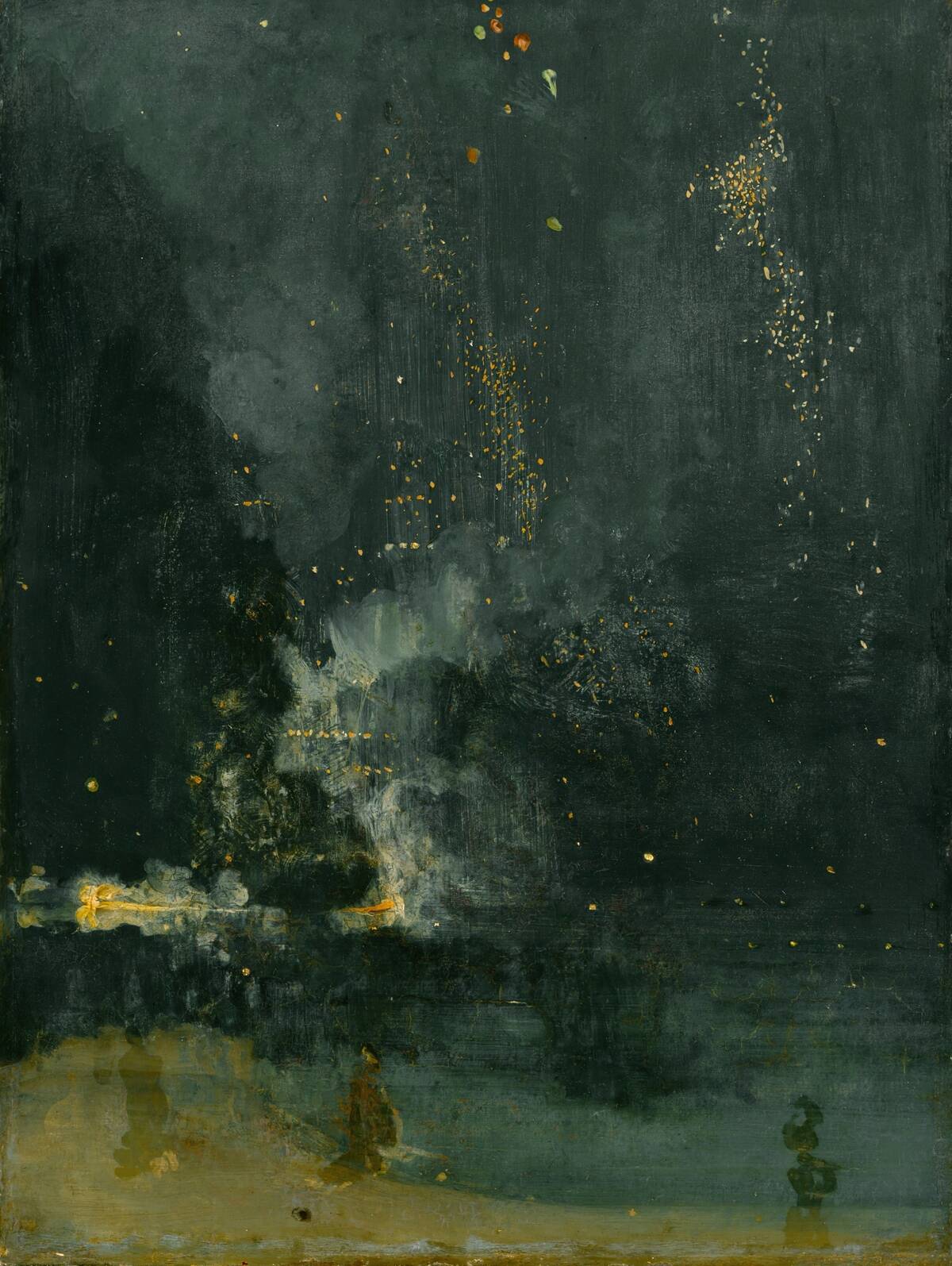
A. Henri Fantin-Latour
B. Alphonse Legros
C. Diego Velázquez
D. James Abbott McNeill Whistler
Answer: James Abbott McNeill Whistler

According to the Detroit Institute Of Arts, James Abbott McNeill Whistler had based Nocturne in Black and Gold, the Falling Rocket on a fireworks display in London’s Cremorne Gardens. However, art critic John Ruskin was sued for libel after saying he “never expected to hear a coxcomb ask two hundred guineas for flinging a pot of paint in the public’s face.” Since Whistler’s process was more involved than that, he won his libel lawsuit but was only rewarded a farthing.
Who spearheaded the artistic movement called Suprematism?
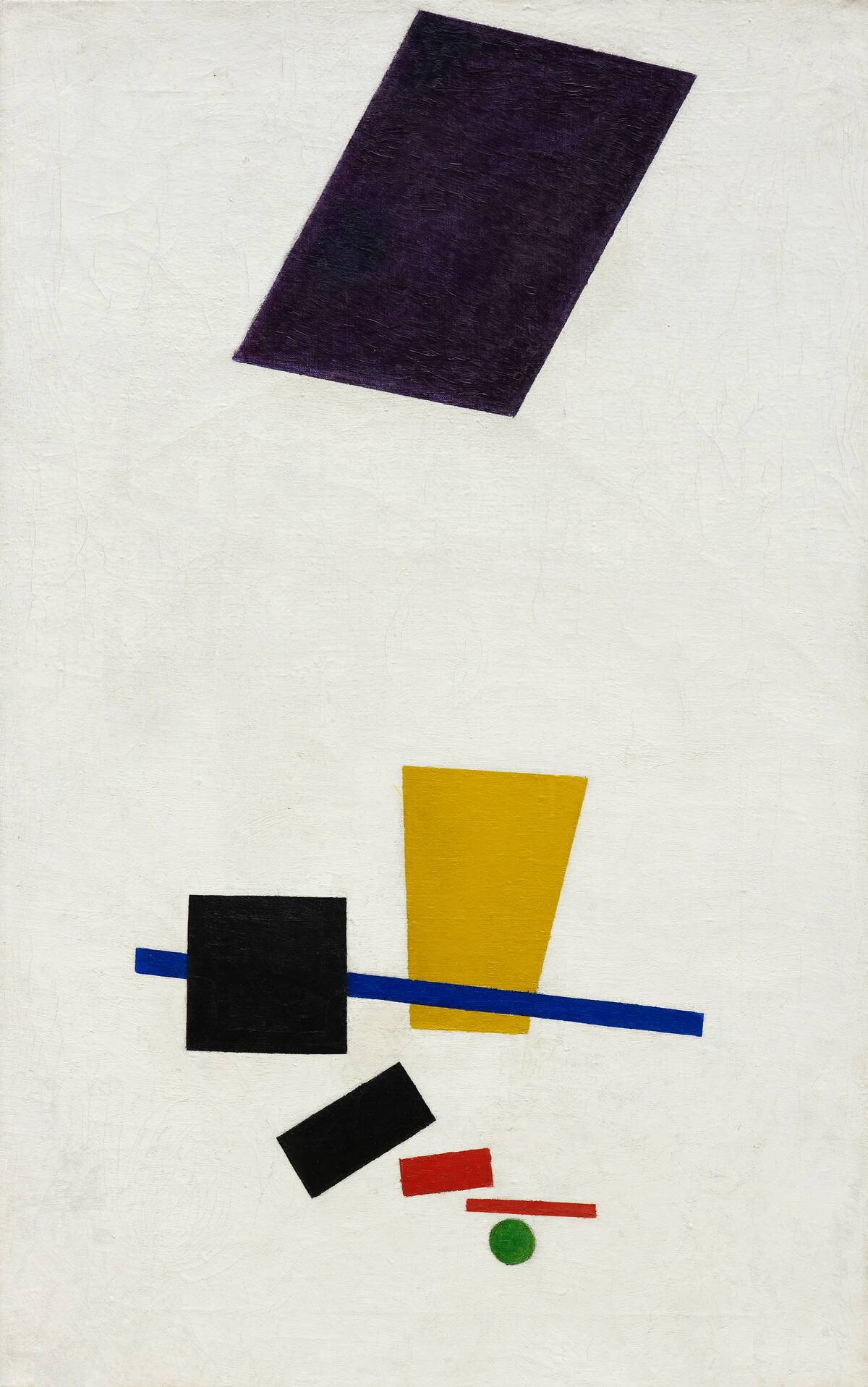
A. Mikhail Vrubel
B. Boris Kustodiev
C. Vasily Vereshchagin
D. Kazimir Malevich
Answer: Kazimir Malevich
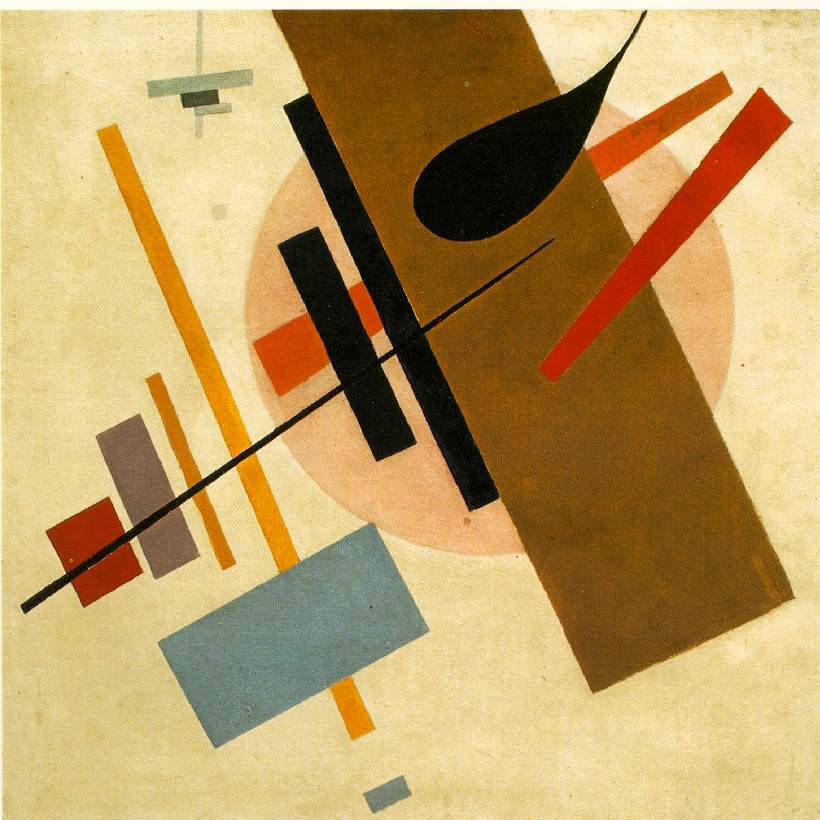
As Artland Magazine explained, Suprematism was a radical art movement in Russia during the First World War that took abstract art to its logical extreme. Suprematist artists tended to make images entirely out of simple shapes like circles, squares, and crosses. As Kazimir Malevich himself put it, “In the year 1913, trying desperately to free art from the dead weight of the real world, I took refuge in the form of the square.”
Who painted the 1665 masterpiece Girl With A Pearl Earring?

A. Johannes Vermeer
B. Aelbert Cuyp
C. Frans Hals
D. Piet Mondrian
Answer: Johannes Vermeer
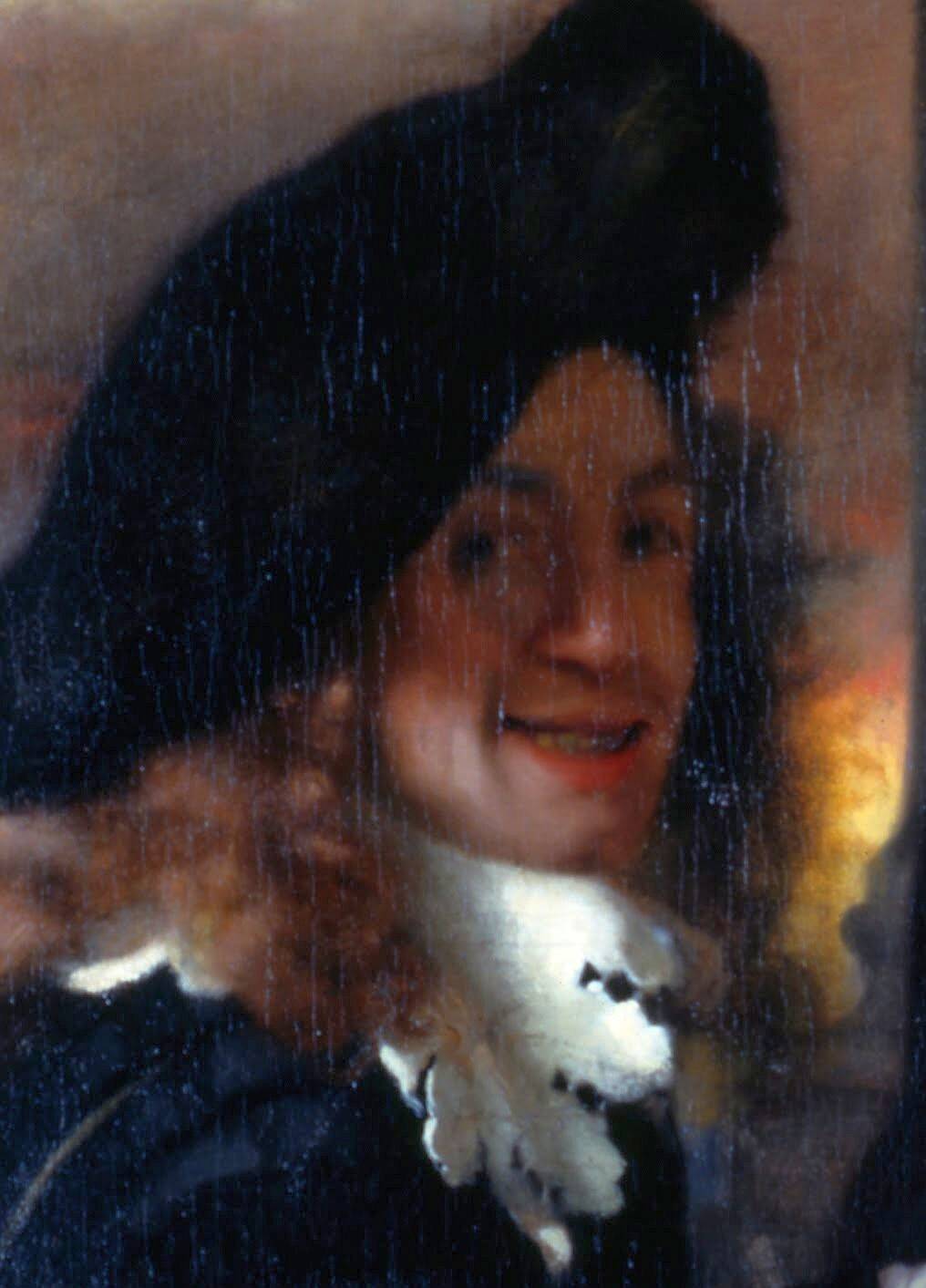
According to The Frick Collection, Johannes Vermeer’s painting of the mysterious, titular girl is considered a tronie. This refers to a subcategory of Dutch art that features idealized or exaggerated faces and exotic trappings. For instance, Vermeer’s subject is a figure of idealized beauty, and her turban and earring are considered the exotic parts of the piece.
Doric, Ionic, and Corinthian are all types of what?
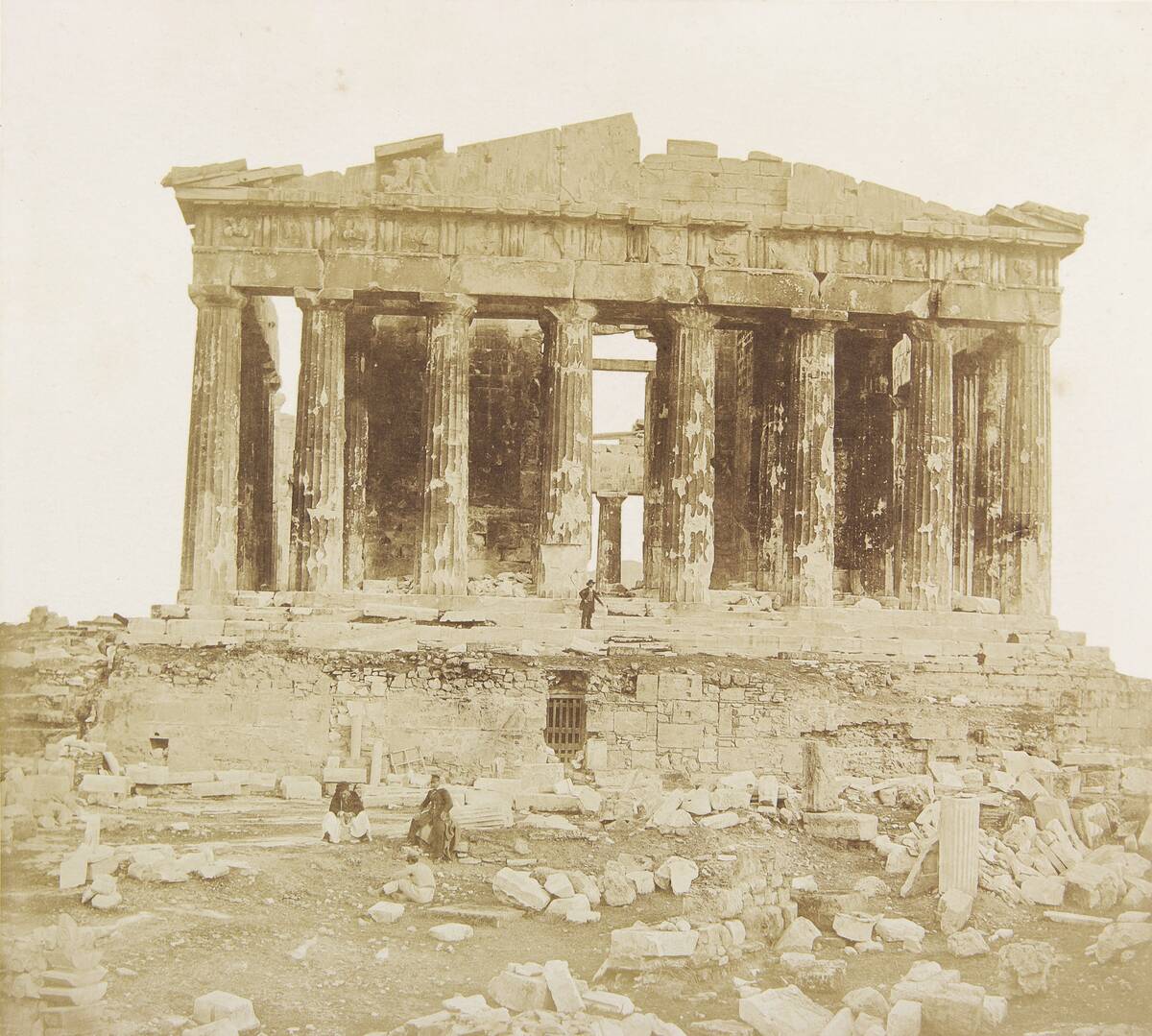
A. Paint
B. Temples
C. Artistic movements
D. Columns
Answer: Columns
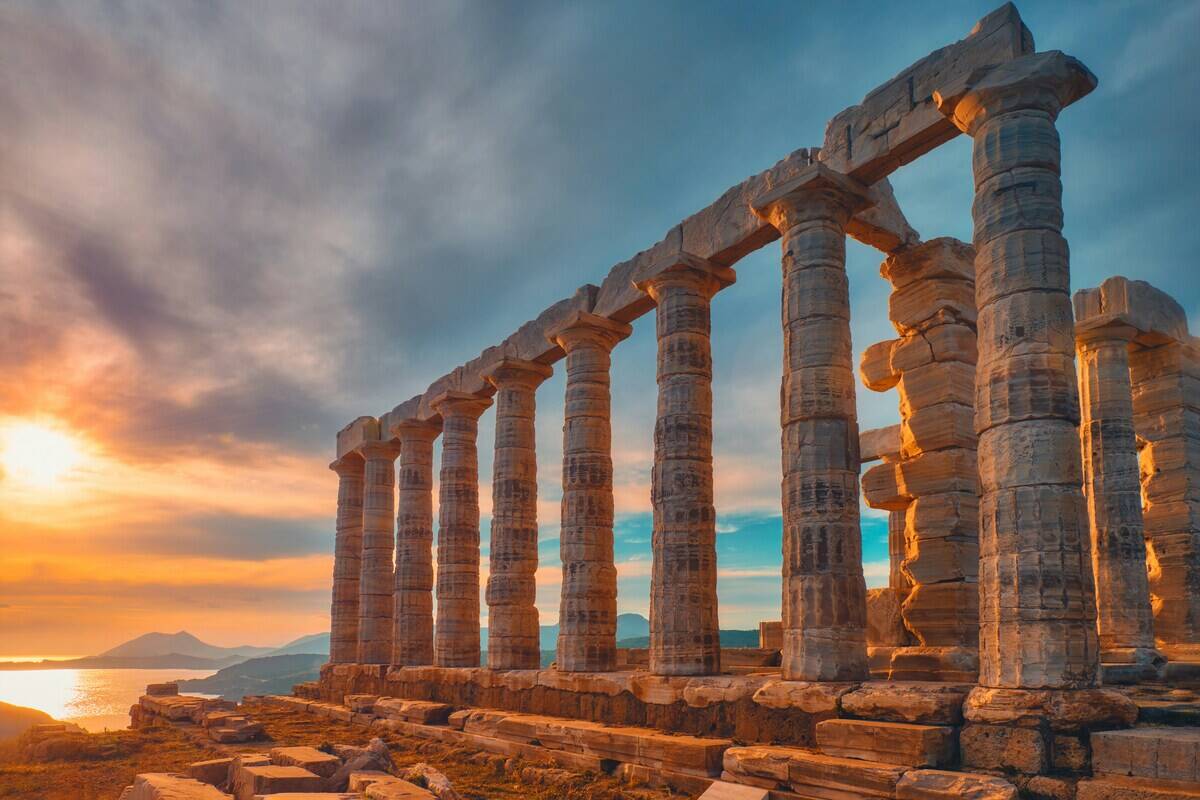
According to ThoughtCo., the Doric order was an architectural style of ancient Greece that is best known for the distinct columns that would support temples in antiquity and adorn the facades of many stately houses today. Doric columns are the most common type seen today, which is likely because Ionic and Corinthian columns were more complicated to build.
Aside from Picasso, who was Cubism’s greatest pioneer?
![Composition by [redacted]](https://media.tellmebest.com/wp-content/uploads/2023/09/Composition-by-redacted-41966.jpeg)
A. Fernand Léger
B. Georges Braque
C. Jean Metzinger
D. Juan Gris
Answer: Georges Braque

According to the Metropolitan Museum Of Art, Georges Braque and Pablo Picasso rejected the traditional belief that art should necessarily copy nature and weren’t bound by traditional considerations of perspective and modeling. Thus, their inclusion of geometric shapes into otherwise representative pieces emphasized the two-dimensional nature of the canvas.
What American artist was known for his moving sculptures?

A. Robert Mapplethorpe
B. Alexander Calder
C. Jean Arp
D. Fernand Léger
Answer: Alexander Calder

According to Artnet, Alexander Calder was drawn to the circus due to its use of vast spaces. While he had also created a series of static sculptures in his lifetime, those same spatial considerations led him to invent kinetic structures known as mobiles.



